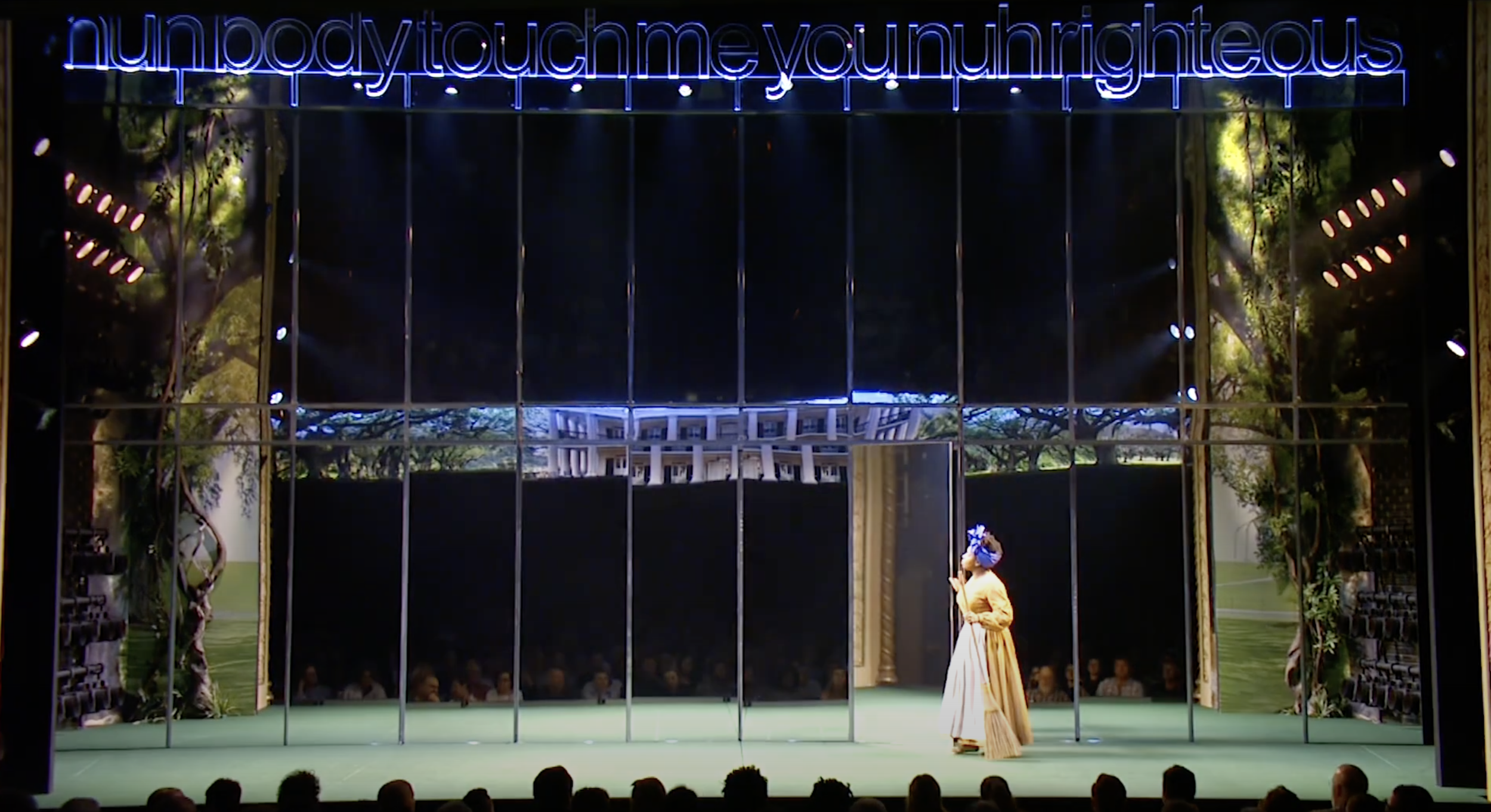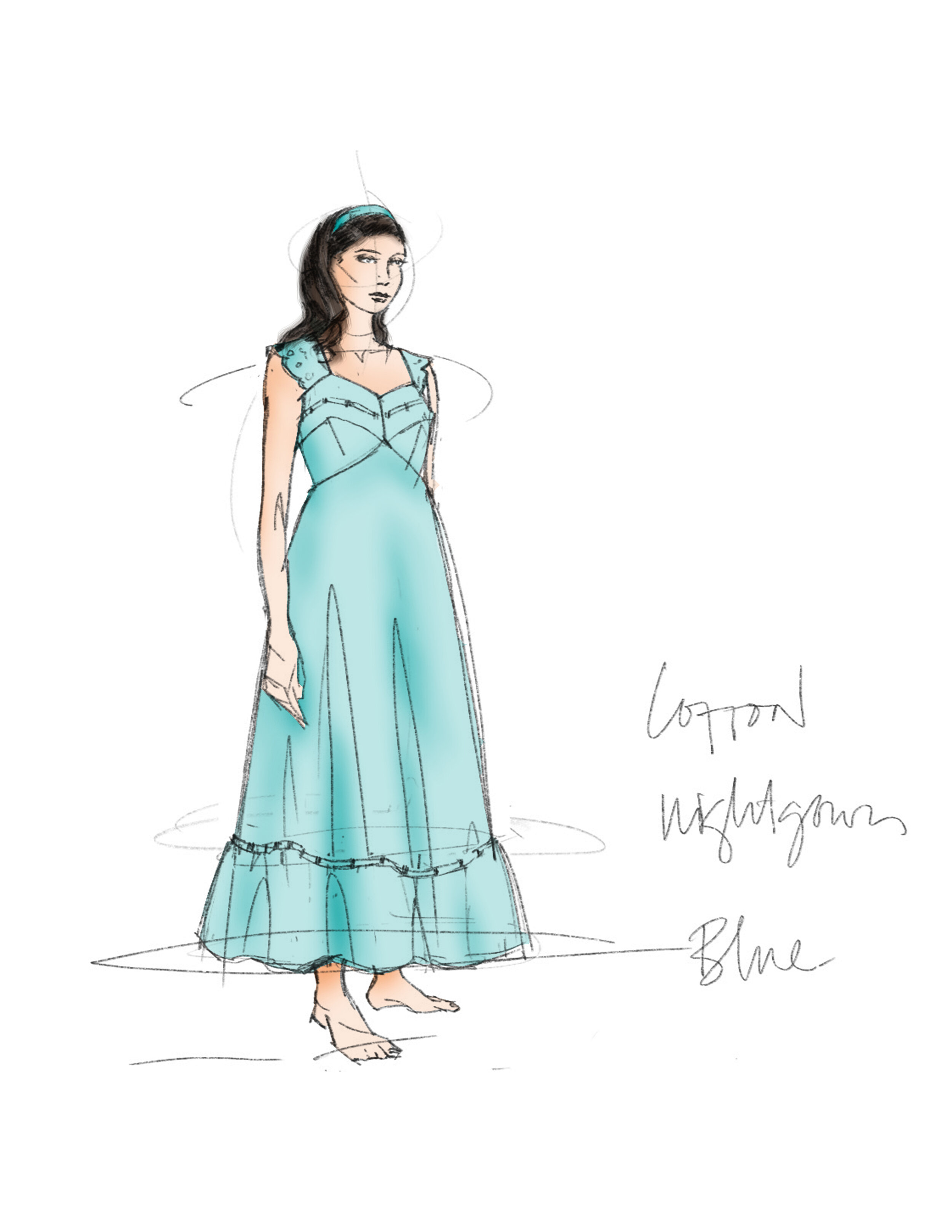SLAVE PLAY SHOW PHOTOS
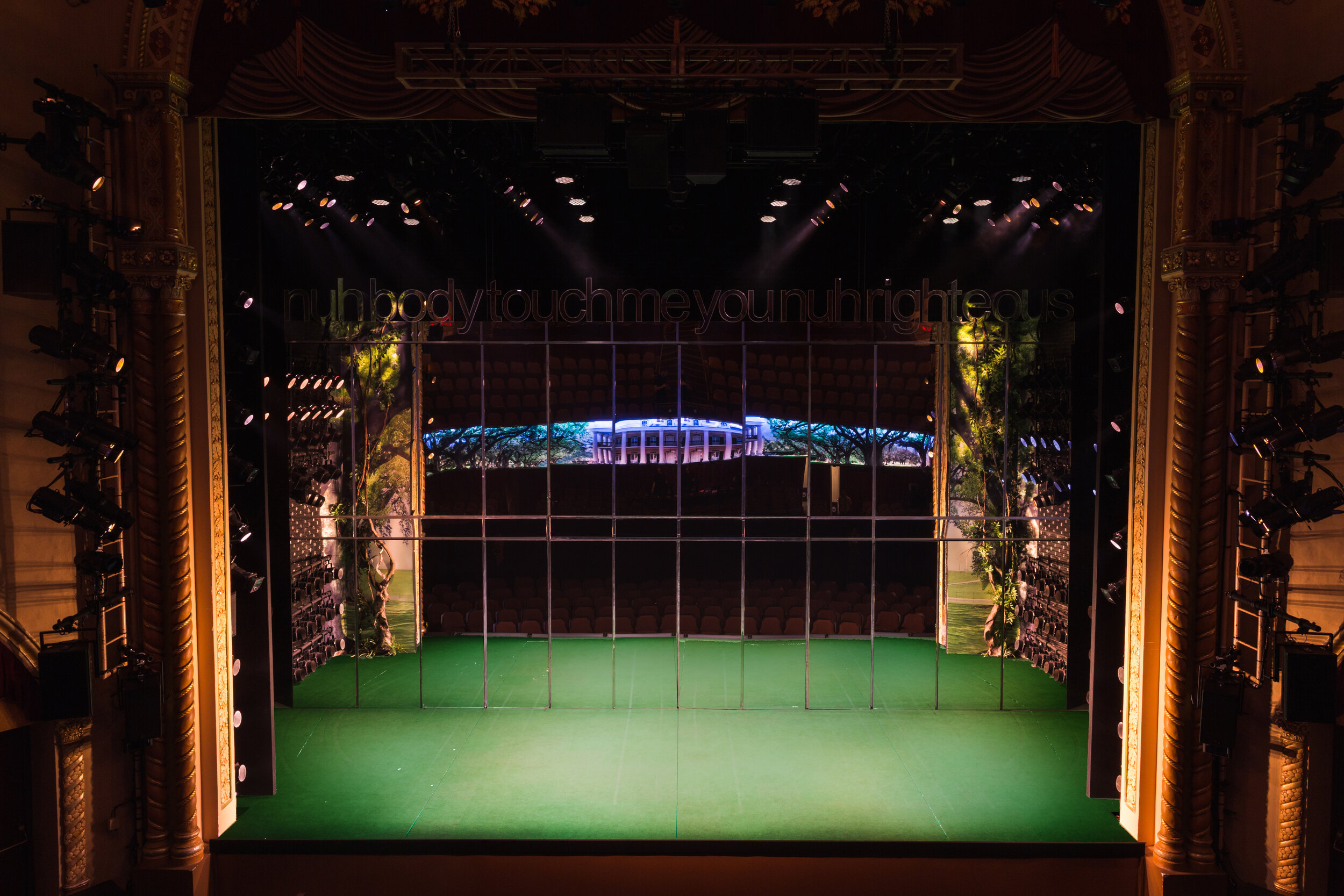
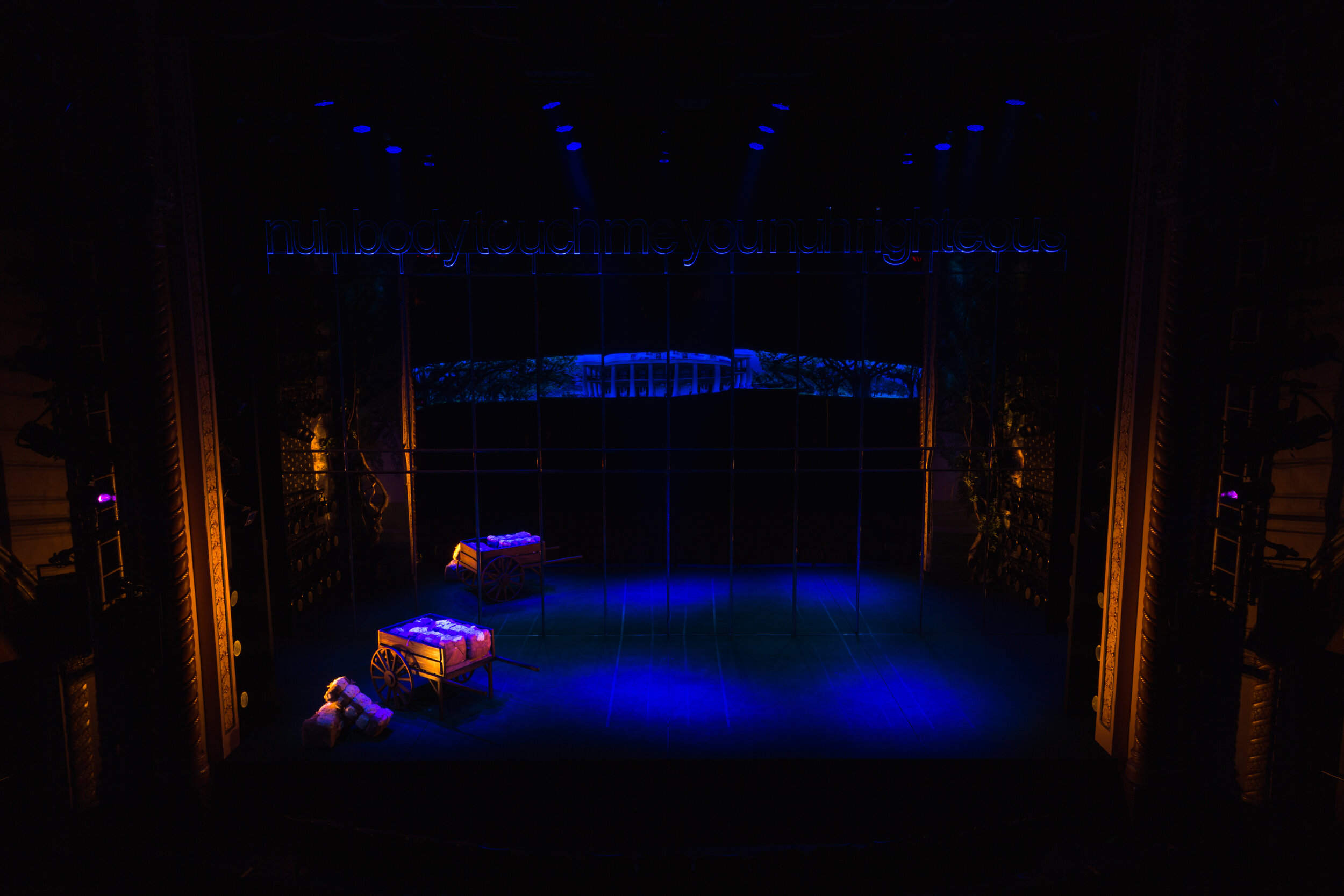
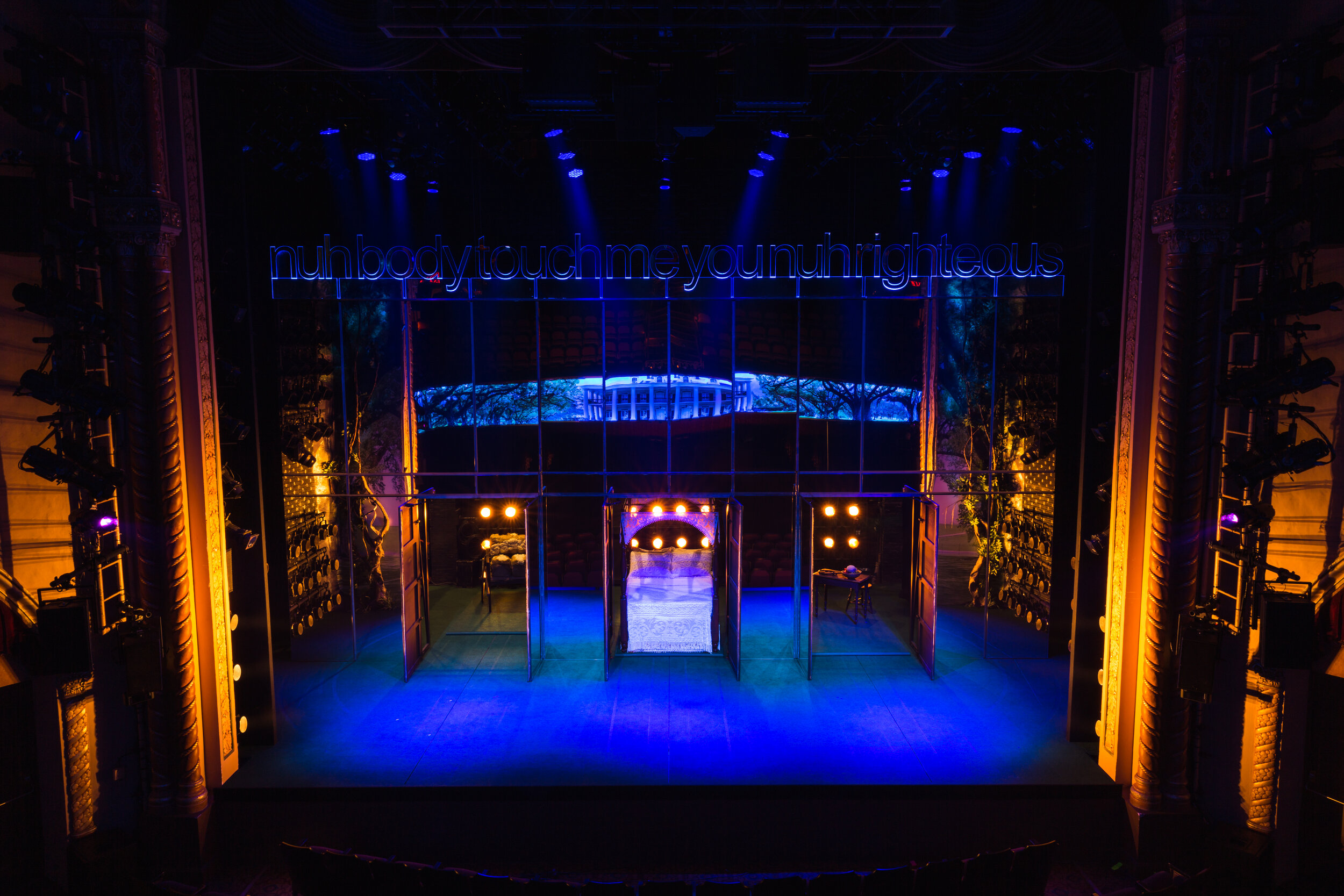
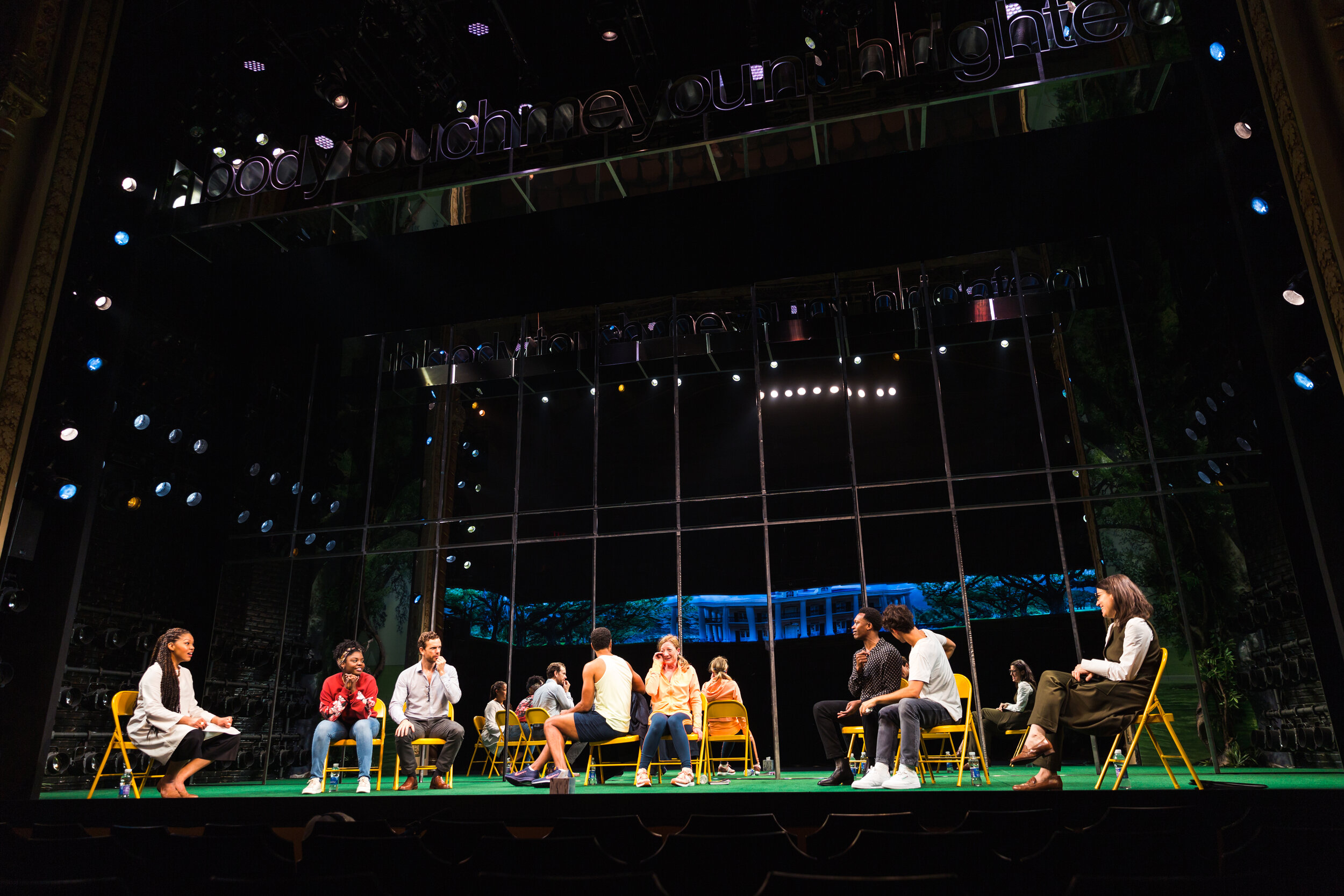
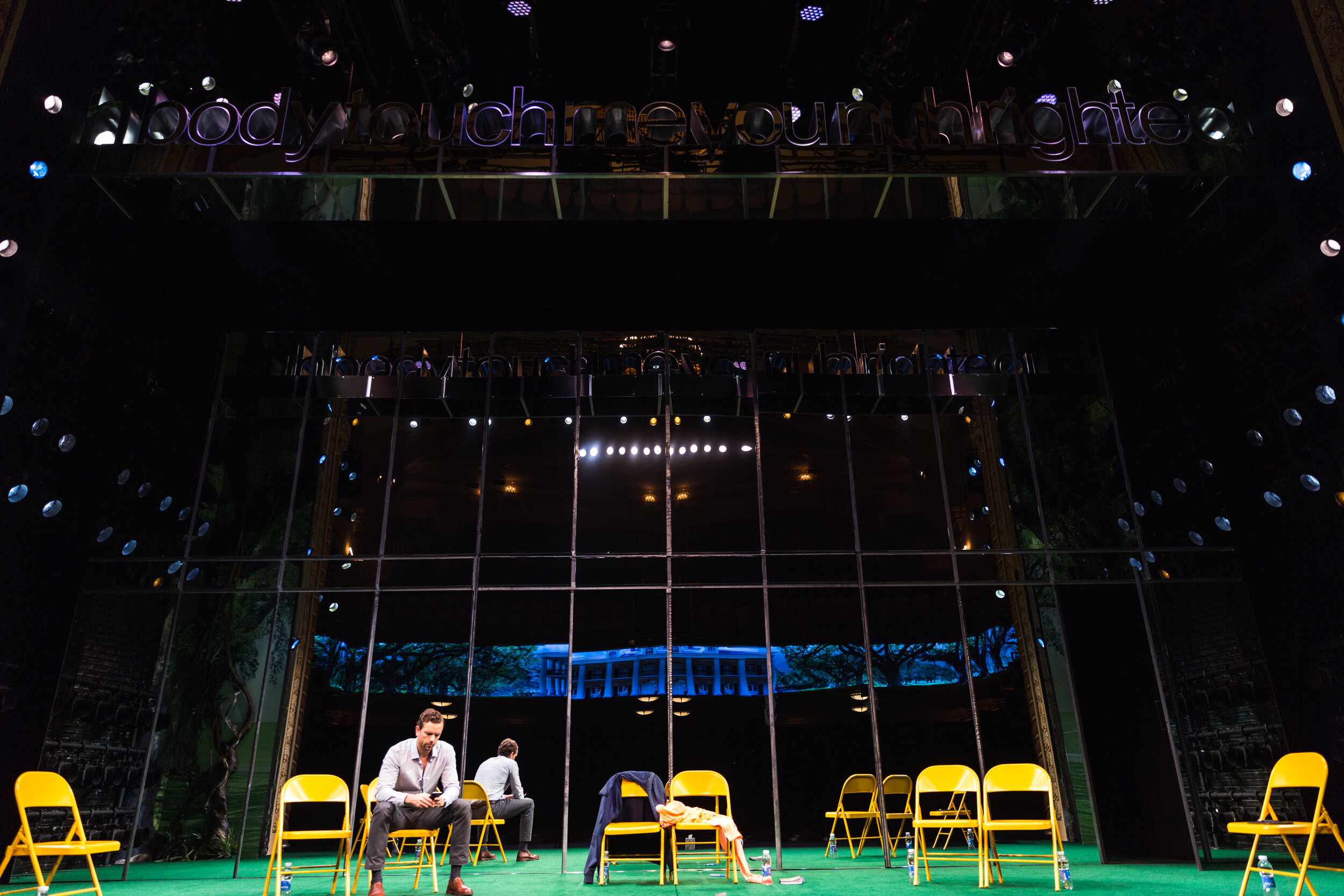

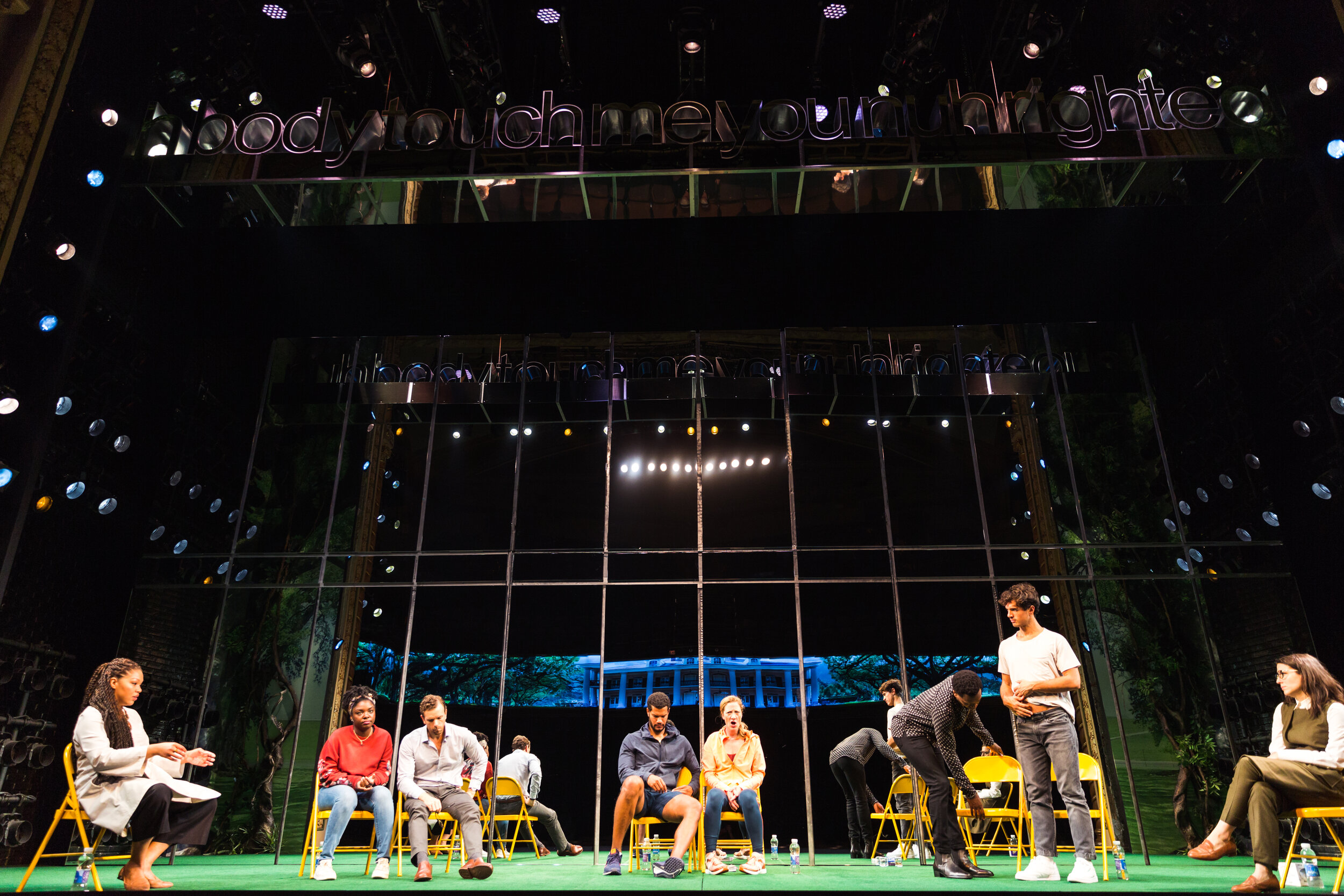
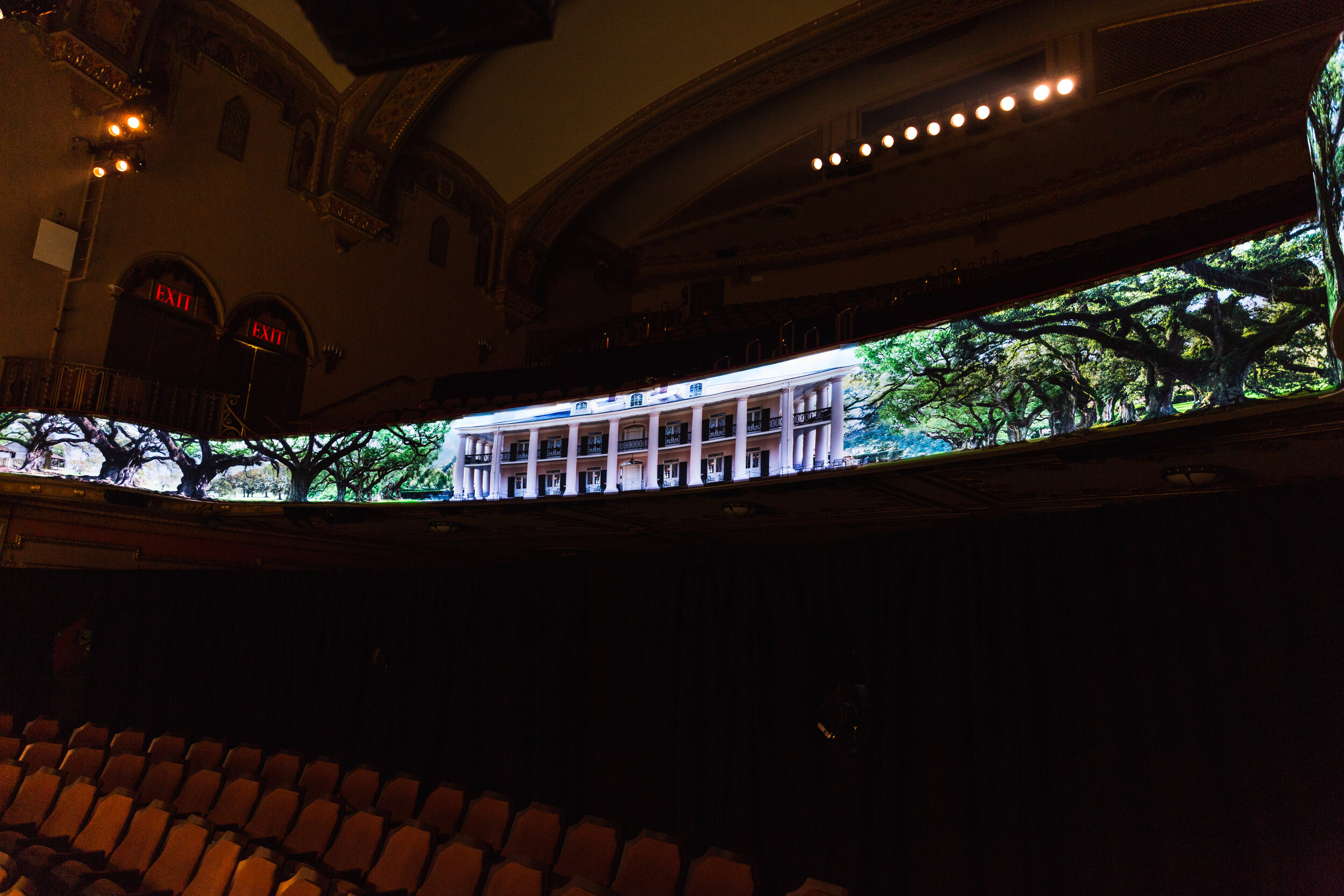
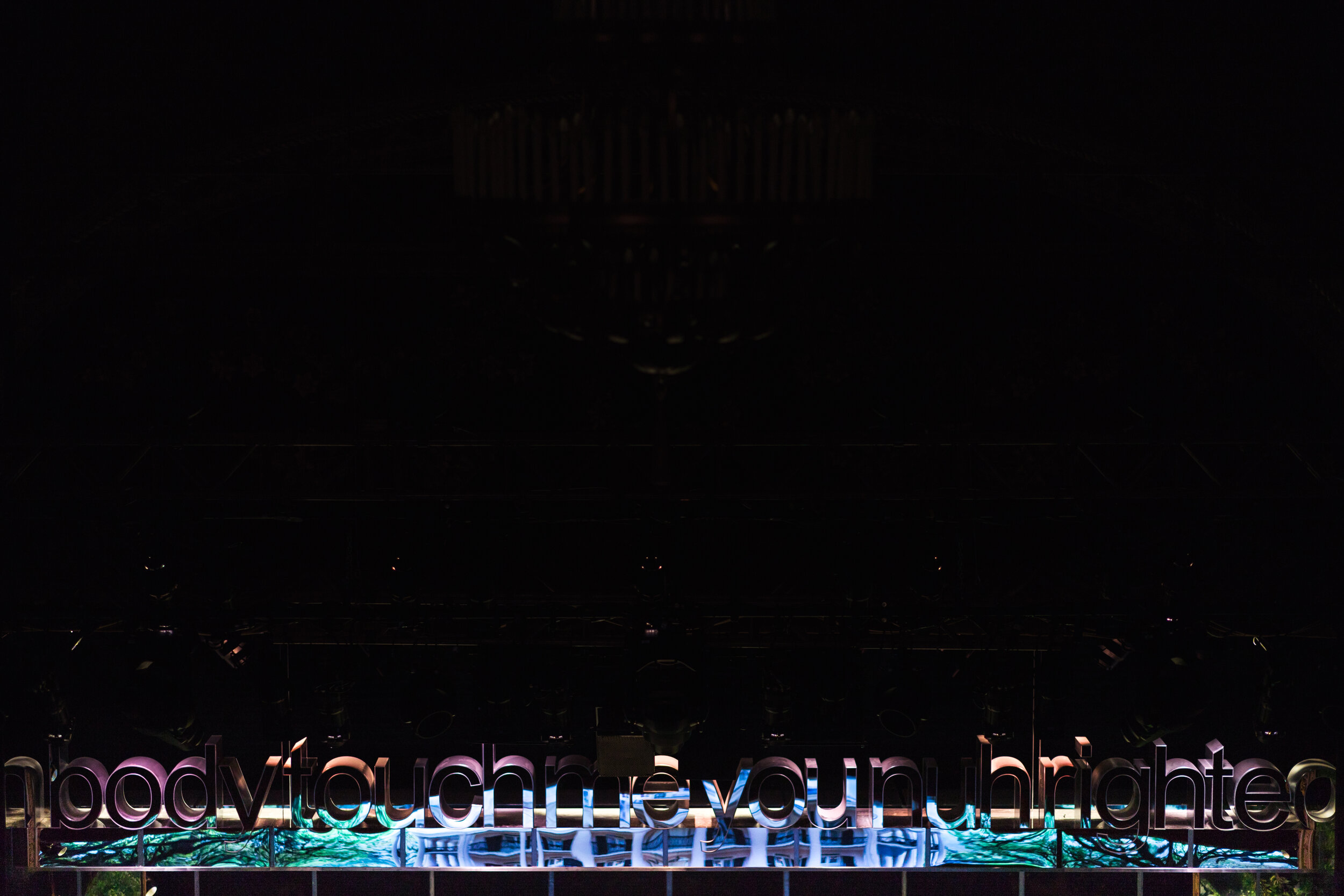
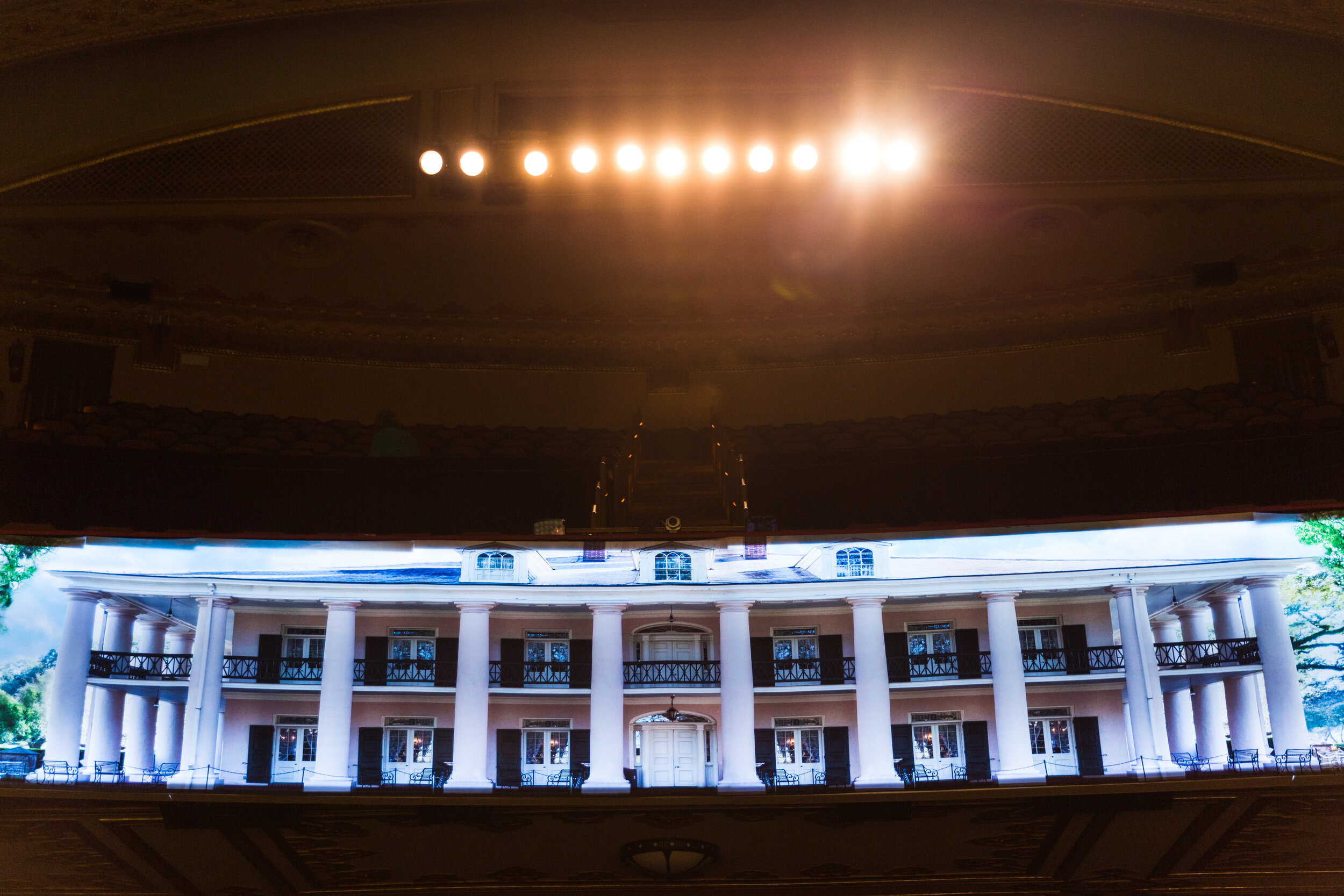
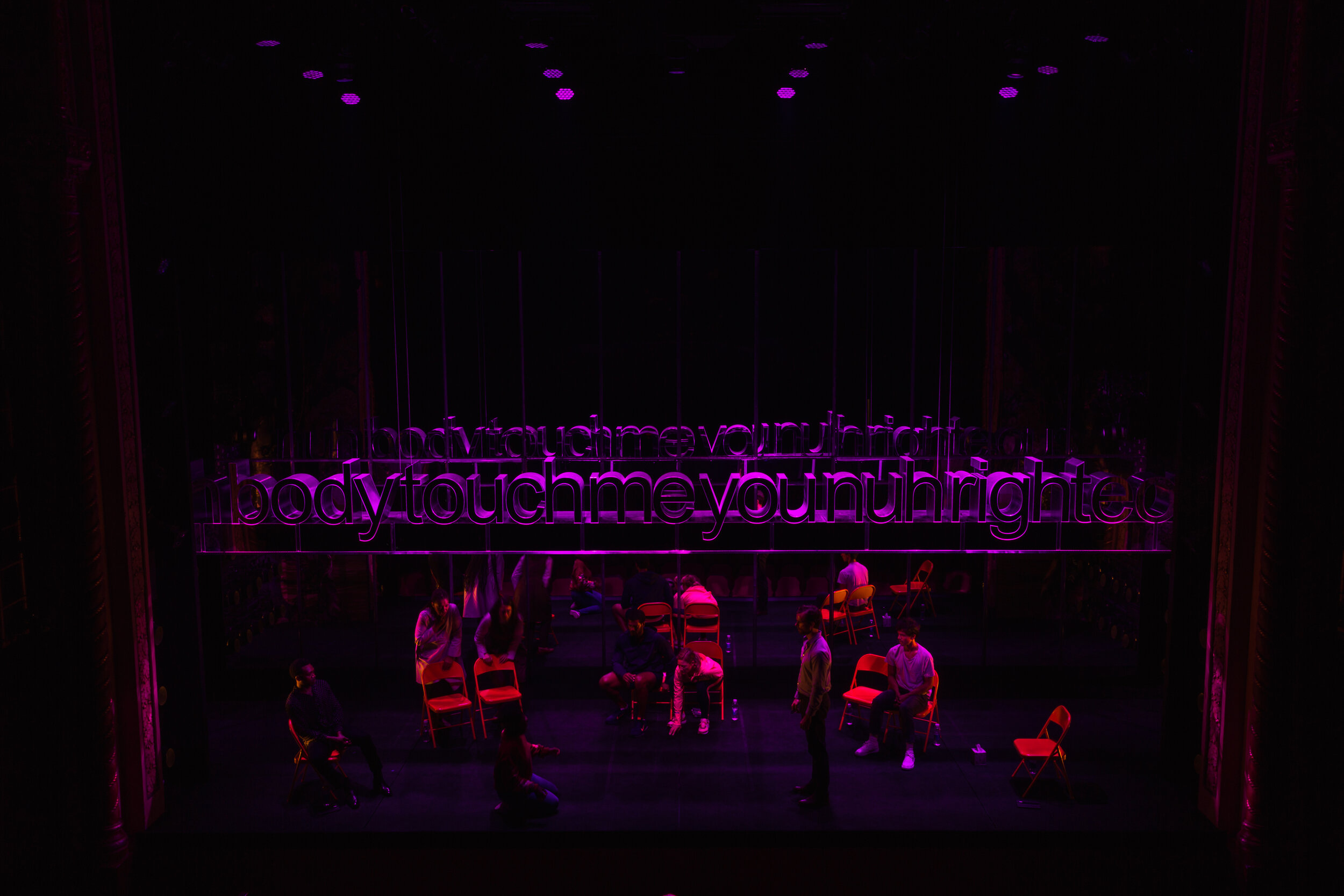
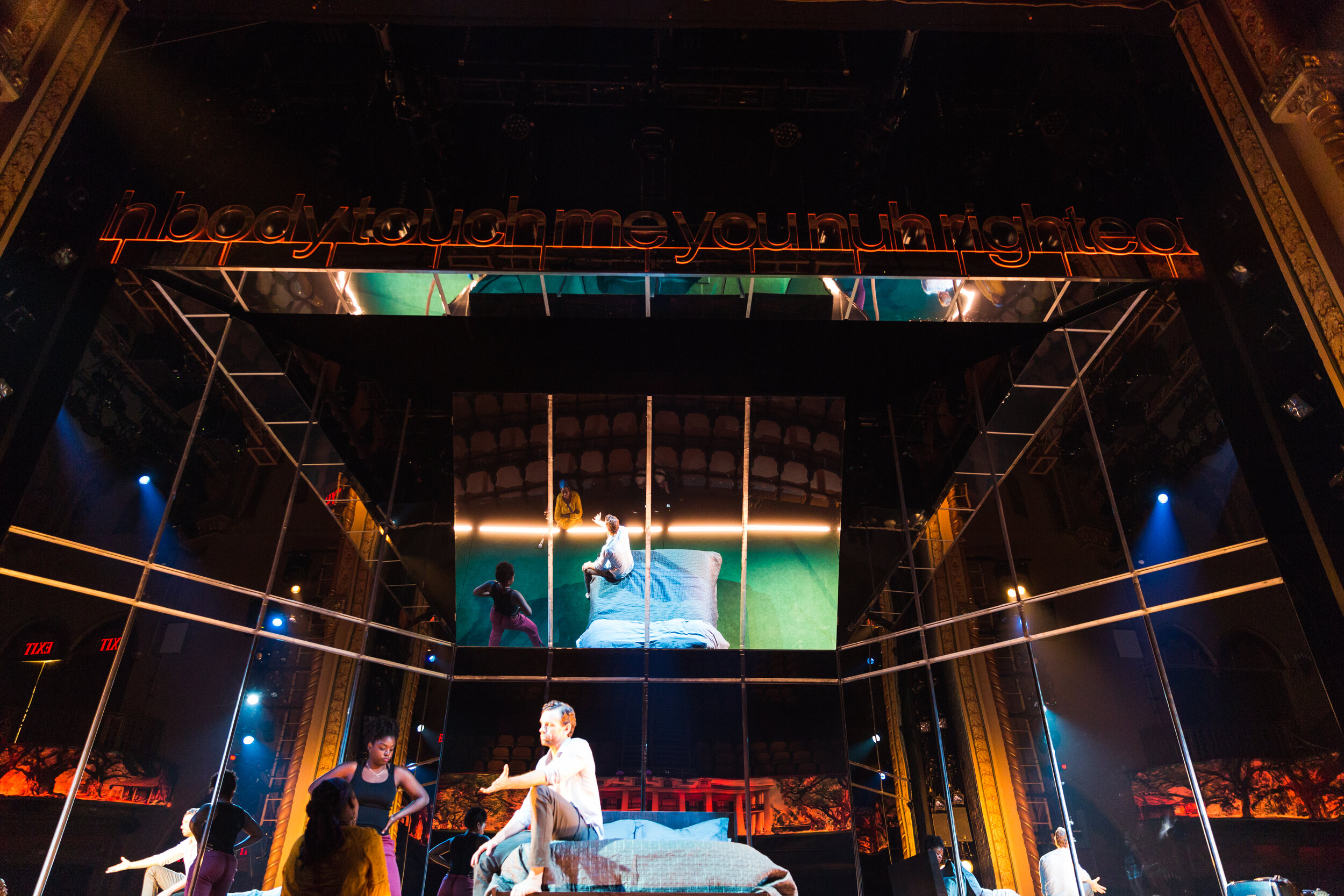
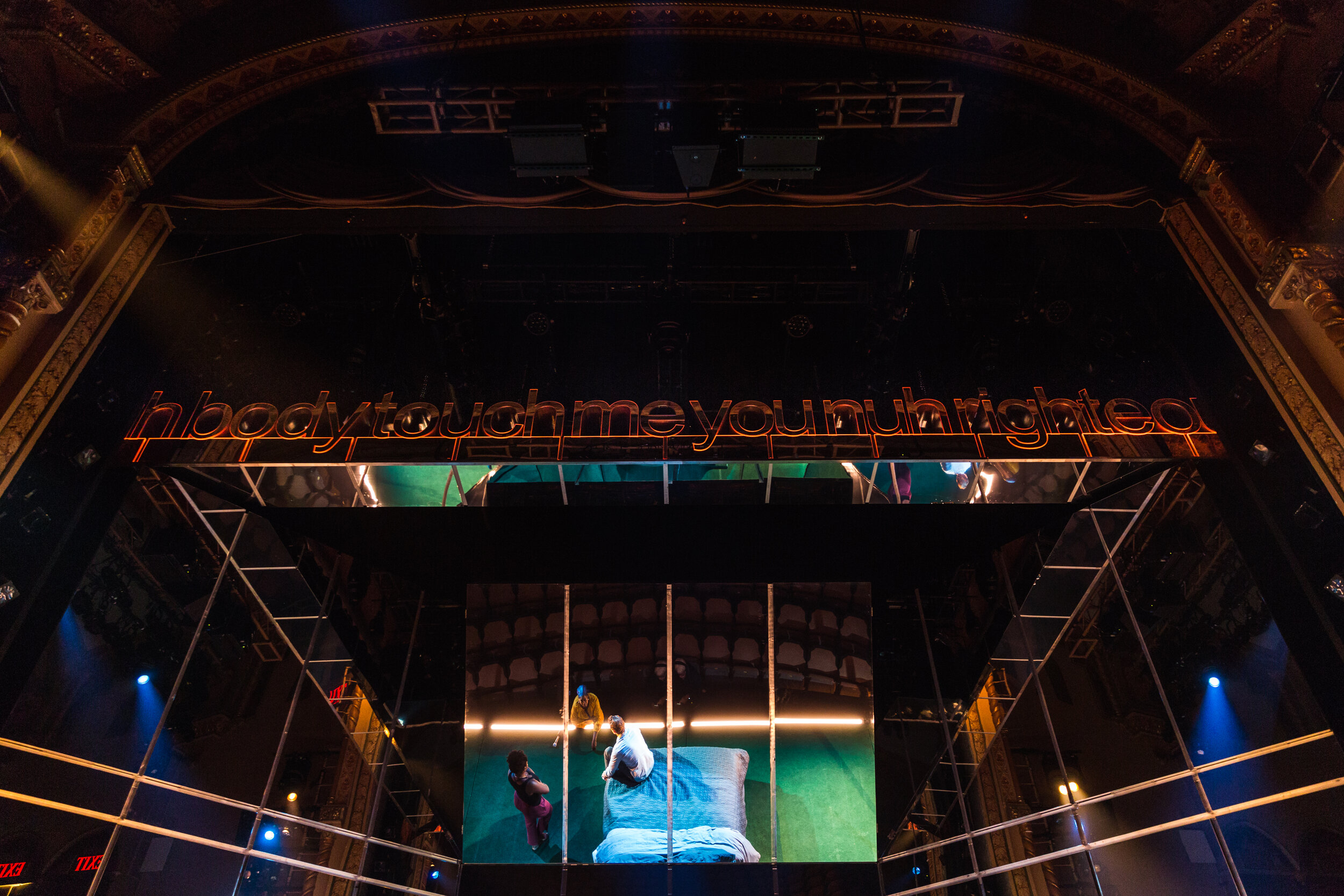
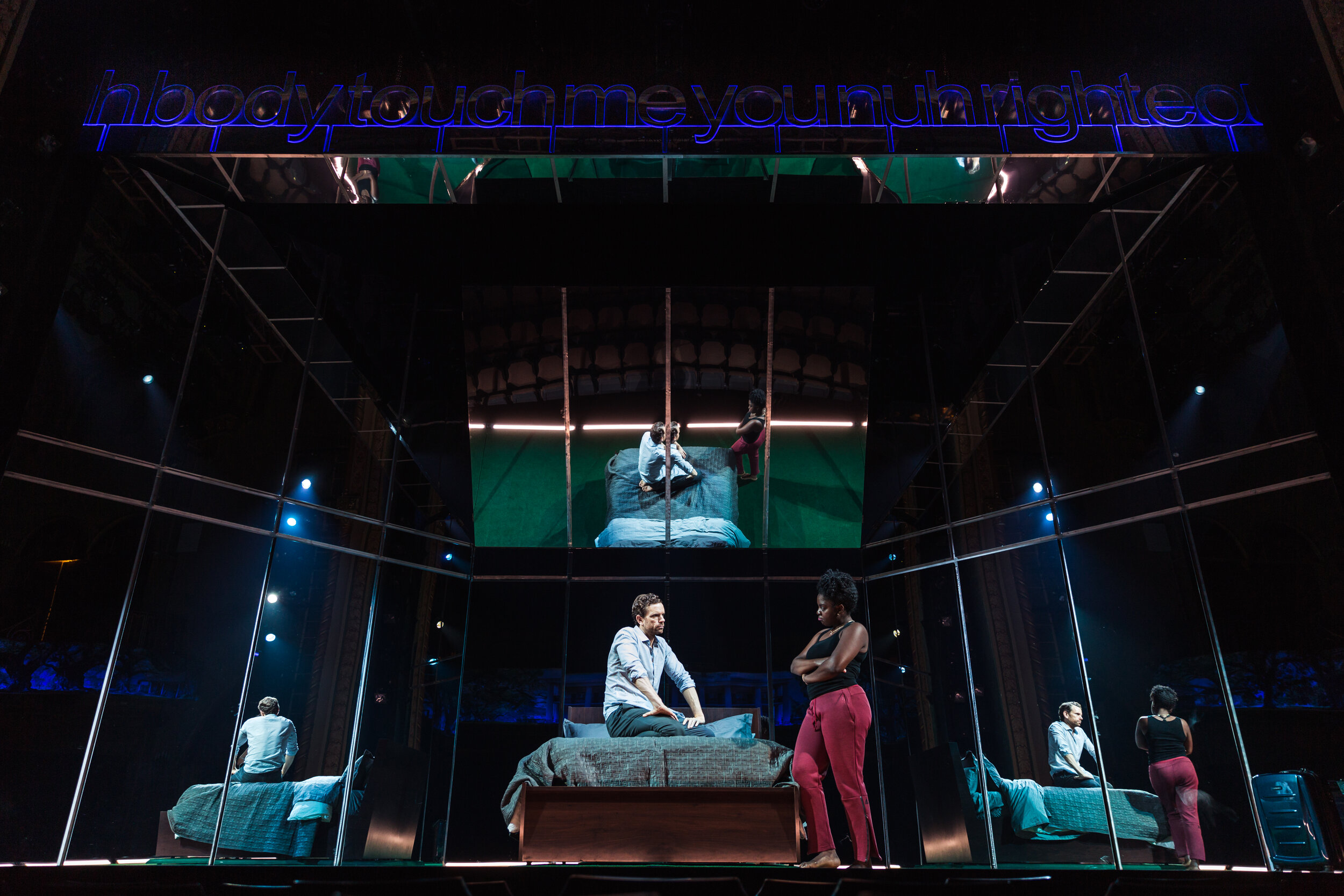
SELECTED PRAISE FOR CLINT RAMOS’S SCENIC DESIGN FOR SLAVE PLAY:
“ What is an audience to make of these discomfiting encounters? Since the play’s debut late last year at off-Broadway’s New York Theatre Workshop, Harris, O’Hara and their exemplary cast have made the underpinnings of these vignettes a bit less enigmatic — we are allowed now to intuit that they may not be exactly what they seem. And of course, they aren’t. Clint Ramos’s gleaming set design reinforces the notion of being asked to look with crystal clarity at one’s sense of self: It’s a wall of mirrors. “ - The Washington Post
“ Devastating and, for white people, or at any rate for me, painful. And why shouldn’t they be? The best plays aren’t just about empathizing with the oppressed; they’re also about accepting our connection to the oppressors. With asperity but also love, “Slave Play” lets us all see ourselves in the muddle that is race in America now. There’s even a giant mirrored wall in Clint Ramos’s set to make sure we do. Such reflections are no longer common on Broadway” - NY Times
“ Mirrors on the back wall ensure that the audience is never quite removed from the picture—and neither is that old plantation, which hovers right above the crowd. The clever set is by Clint Ramos..” - Time Out NY
“ … if success means finding a way to demand the stating of a truth that takes no prisoners, least of all those people in the mirrors that Clint Ramos’ set puts to such chilling, shifting use.” - Deadline
“ The set, designed by Clint Ramos, is mirrored, and for most of the show, the houselights are never fully darkened. We see not only the actors onstage but also ourselves, hazily reflected while seated, stadium-style. There is no hiding here. Instead, we witness whiteness, and we witness our collective reactions as it’s shown to us in the context of group therapy: The overtalking. The thoughtless solipsism. The willful ignorance. The performative self-flagellation. The squeamishness surrounding anything that reminds white people of their whiteness. Every white person in Slave Play is trying to outrun their whiteness…” - The Undefeated
“Clint Ramos’ simple set is mainly composed of mirrored panels, which significantly reflect ourselves back at us as well as the action on stage... I think Ramos and Harris mean the audience to be asking as many questions of itself as the characters end up doing. Beds appear from the mirrors, and the odd prop. But the mirror panels are so significant they are another character and symbol.” - The Daily Beast
SECOND ACT TRANSITION TEST
PROCESS RENDERINGS
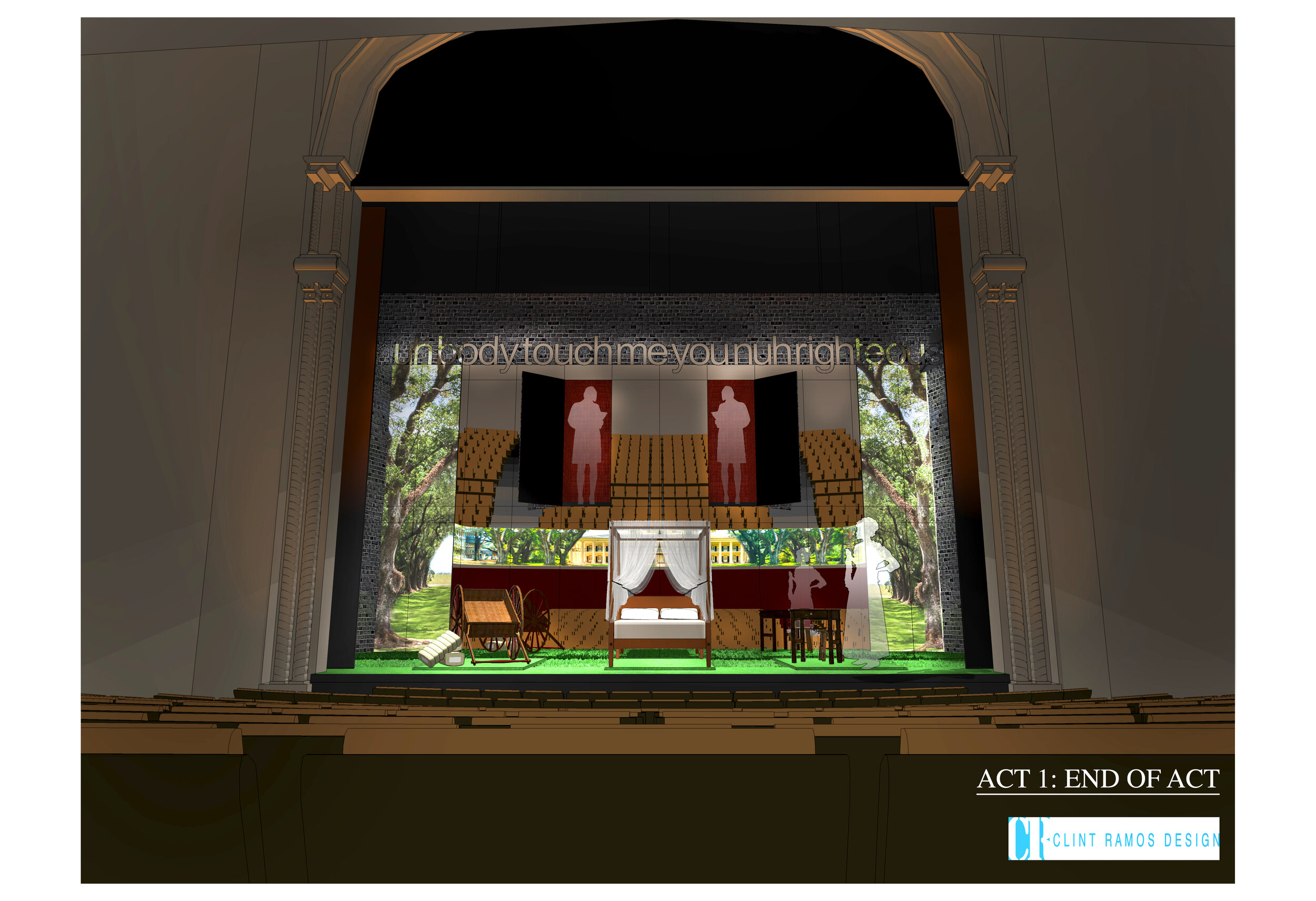
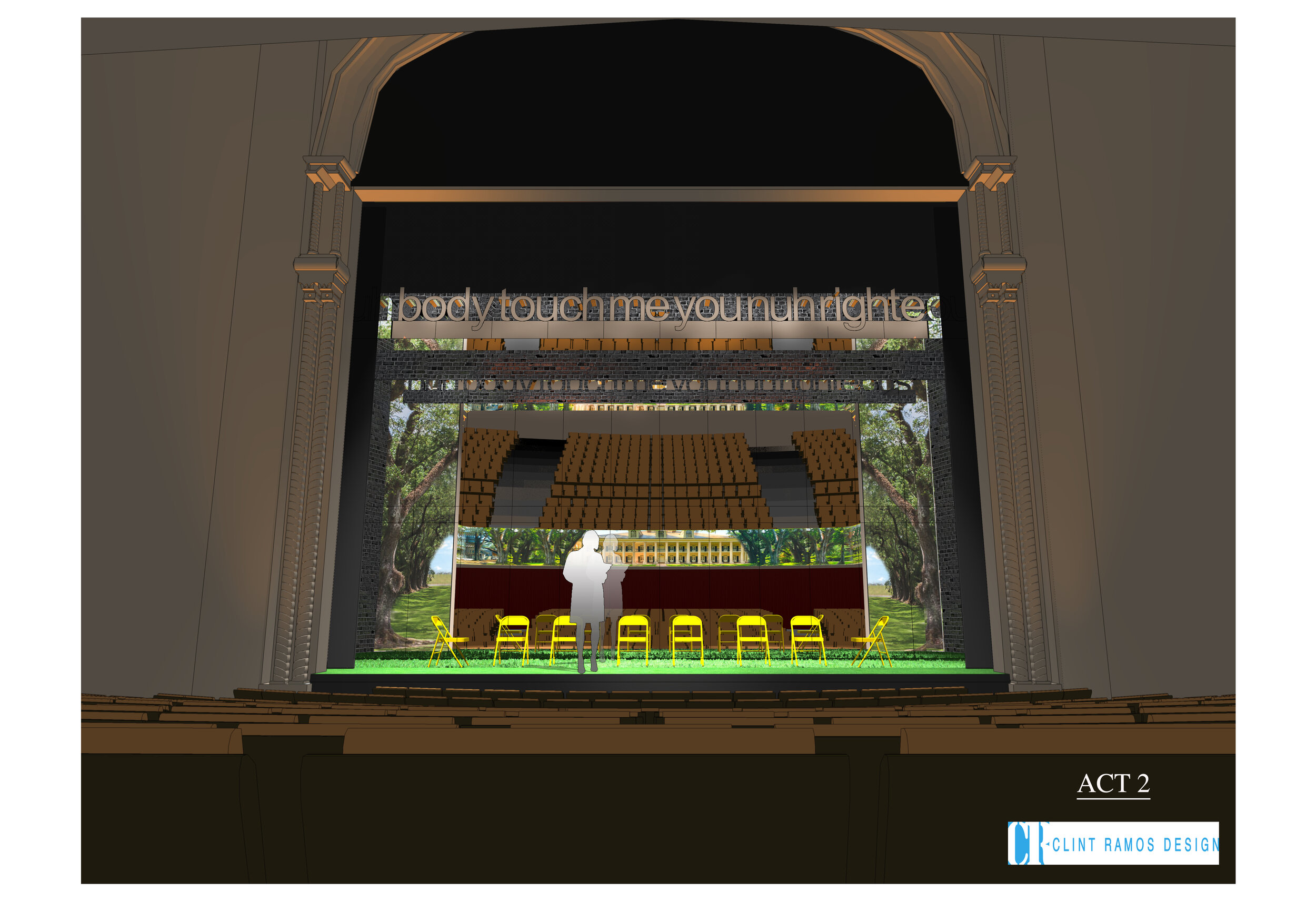
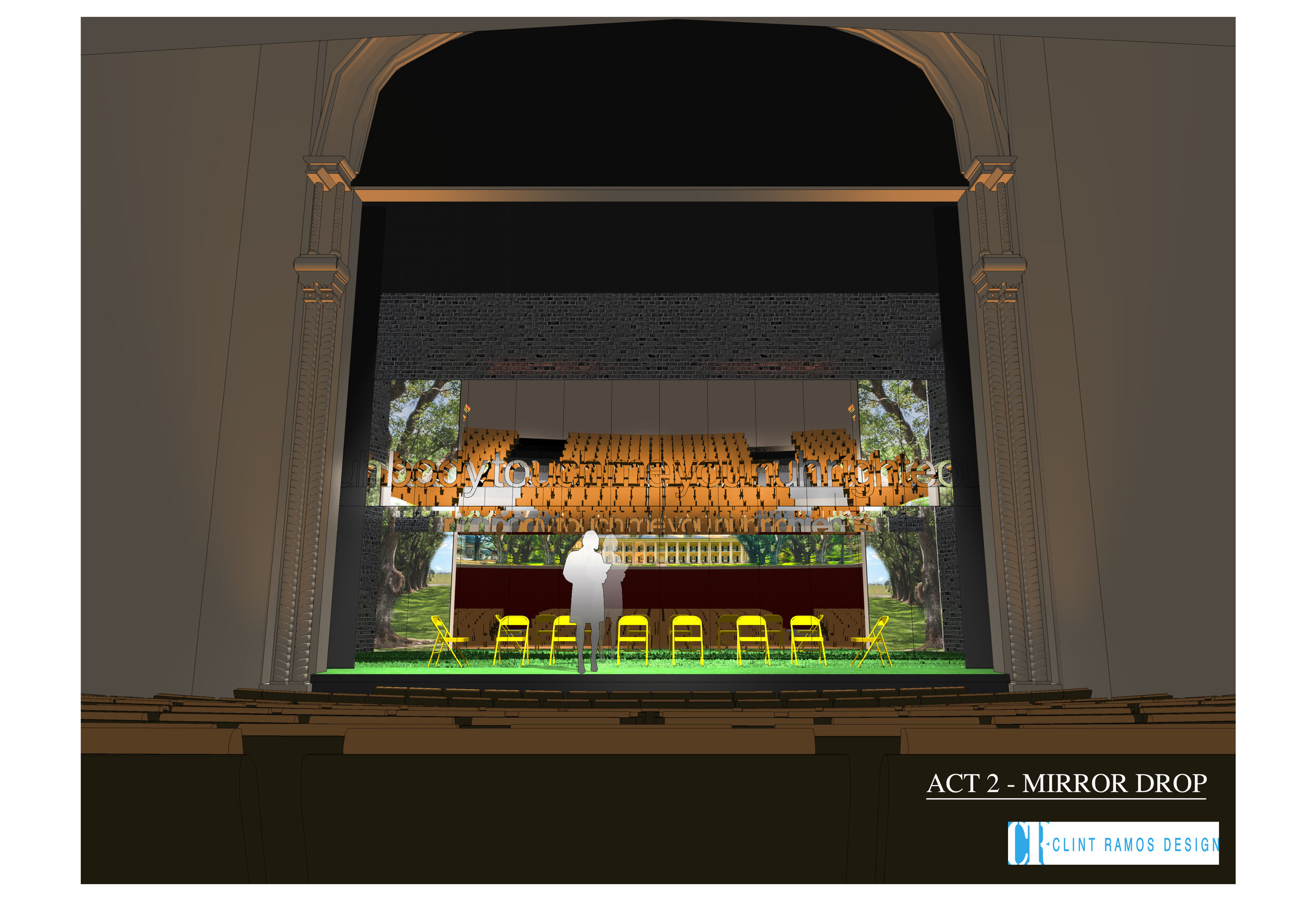
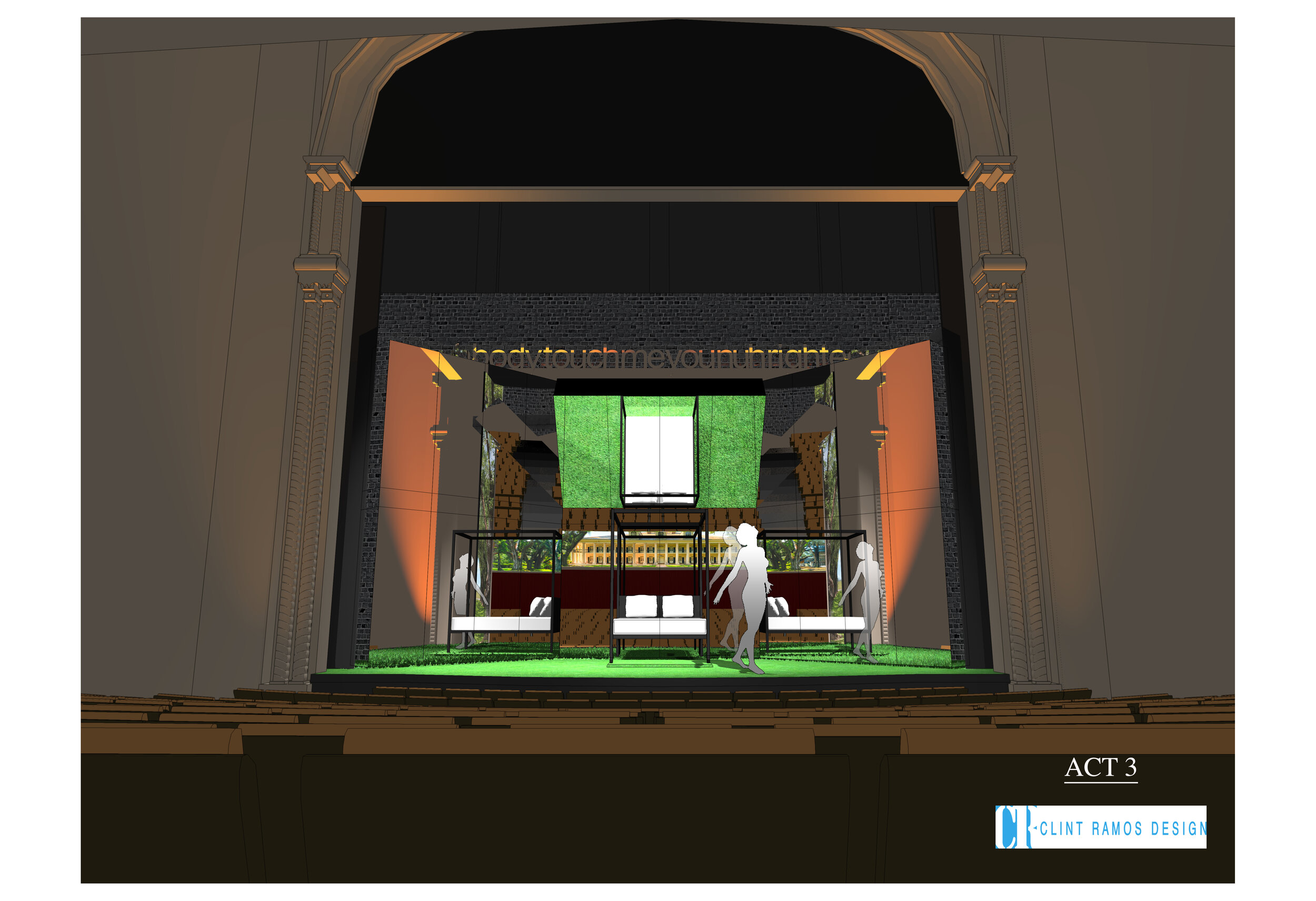
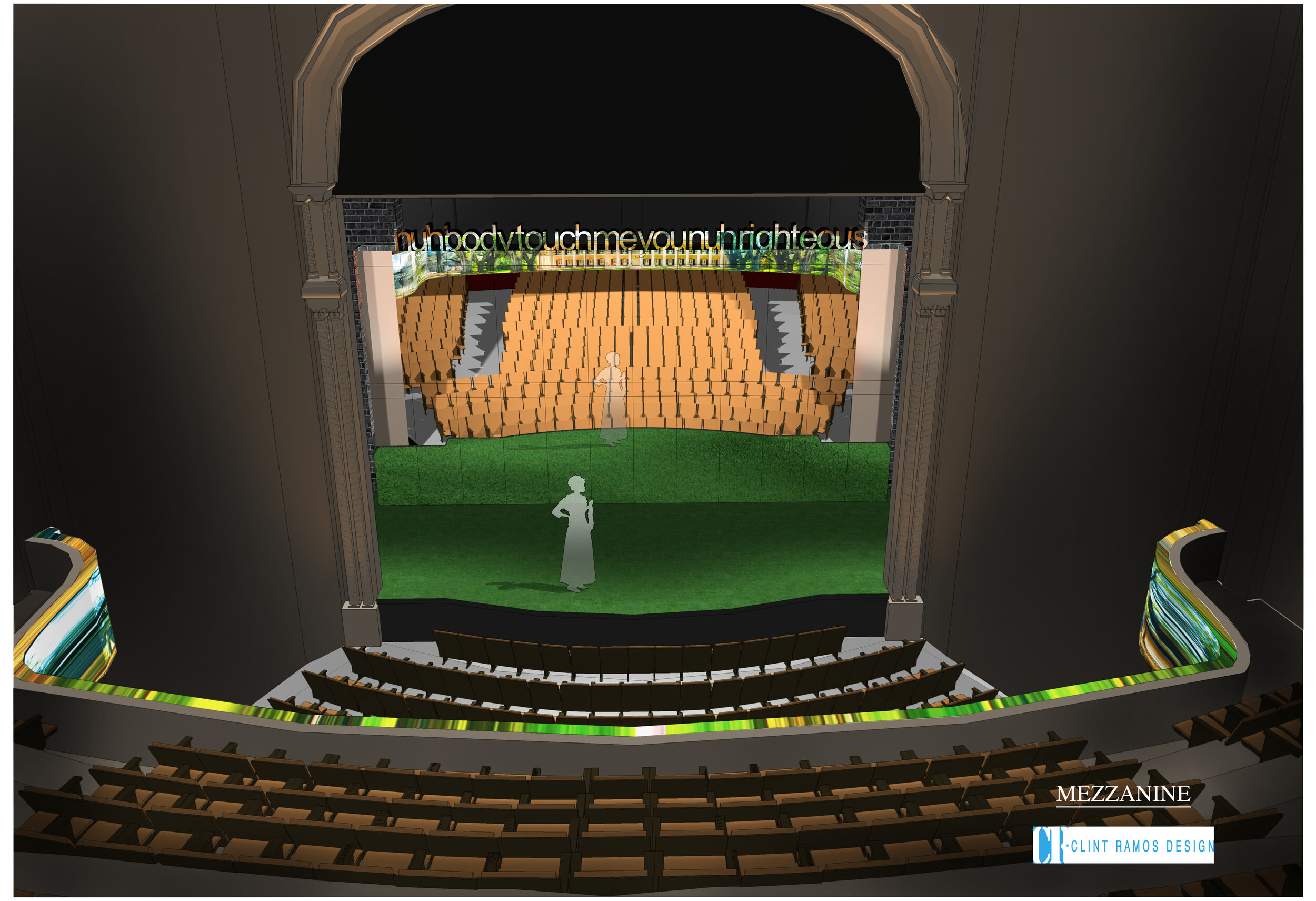
PROCESS VIDEOS
SLAVE PLAY. NOTES ON STYLE
BEST COSTUME DESIGN OF A PLAY FOR THE ROSE TATTOO
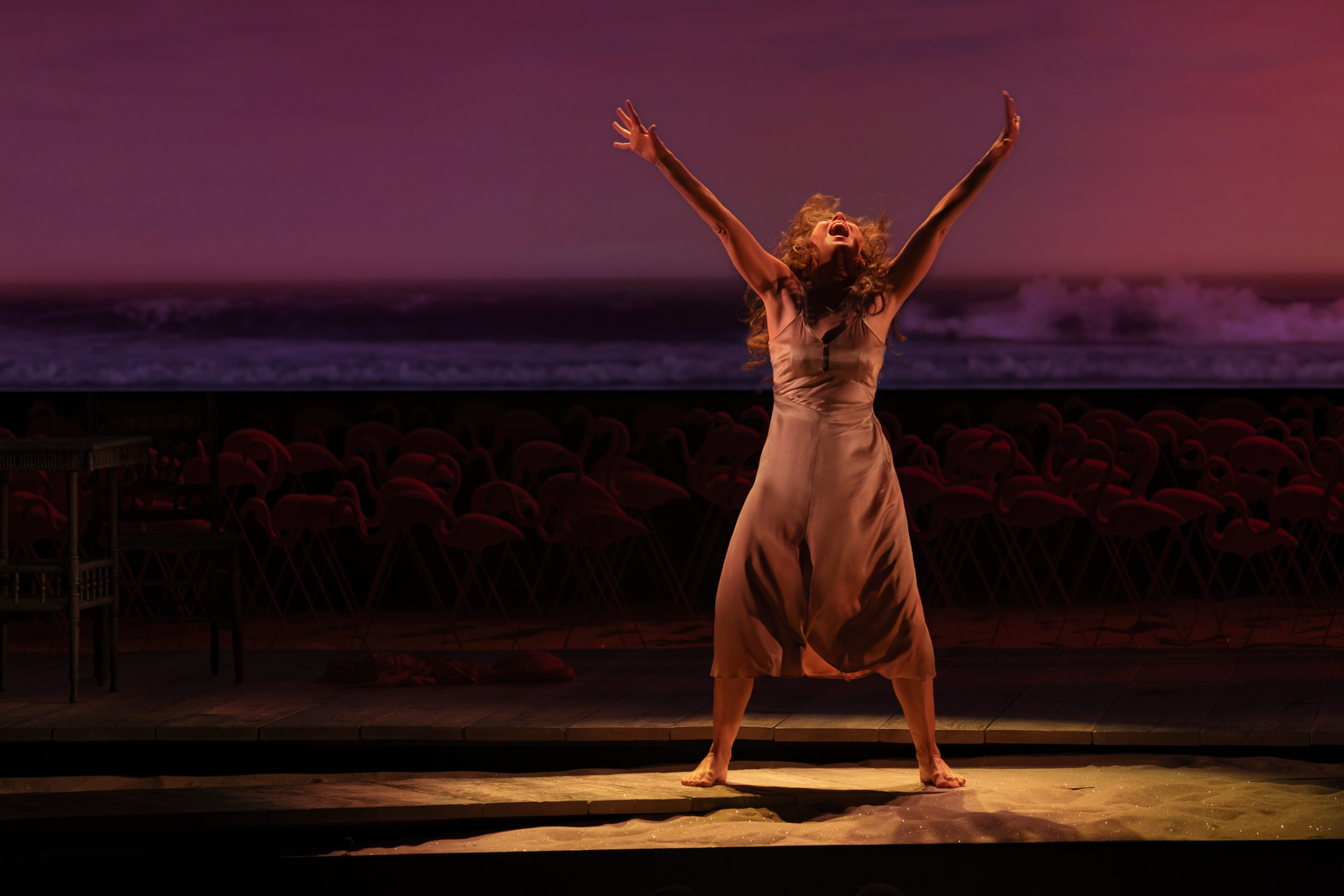
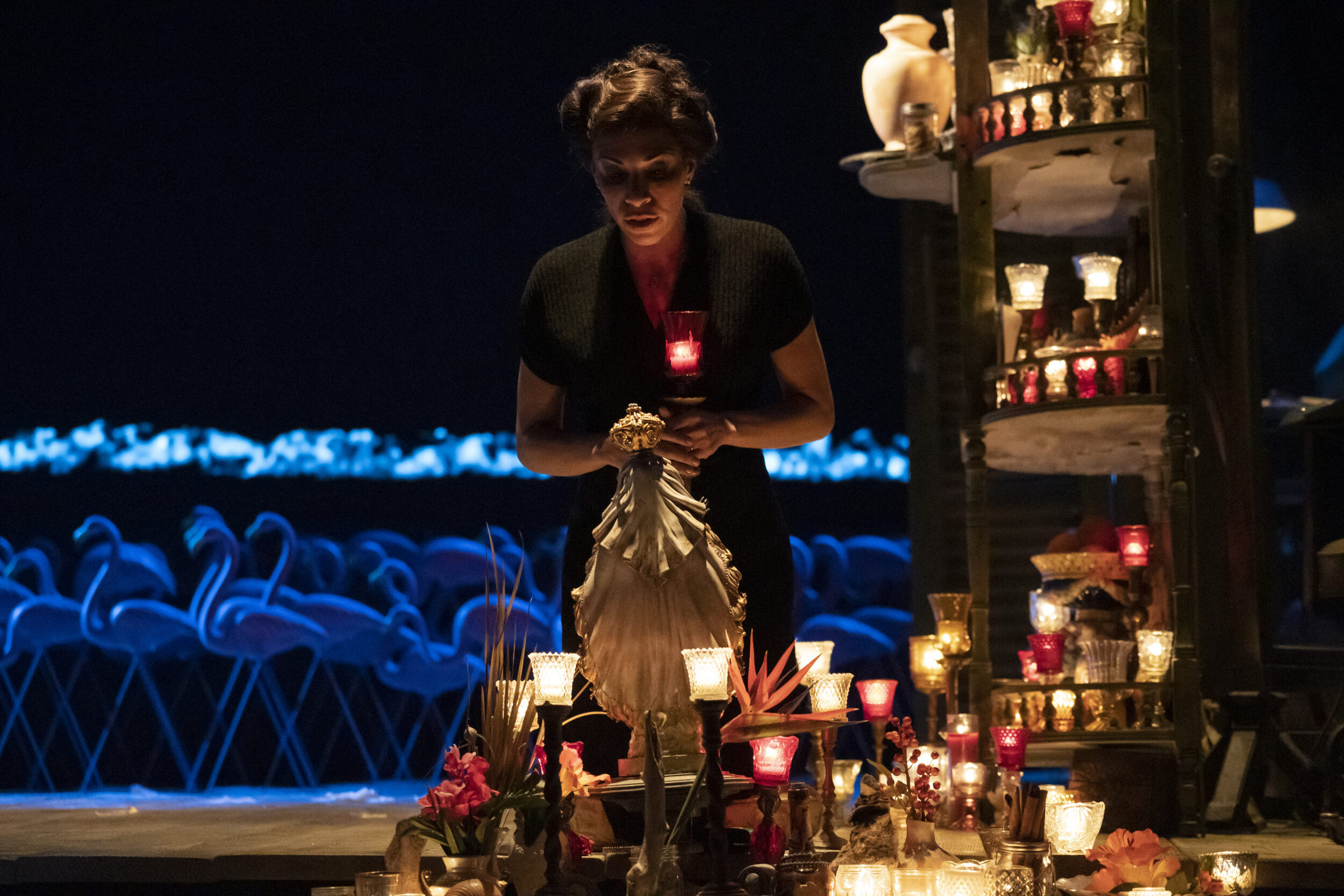

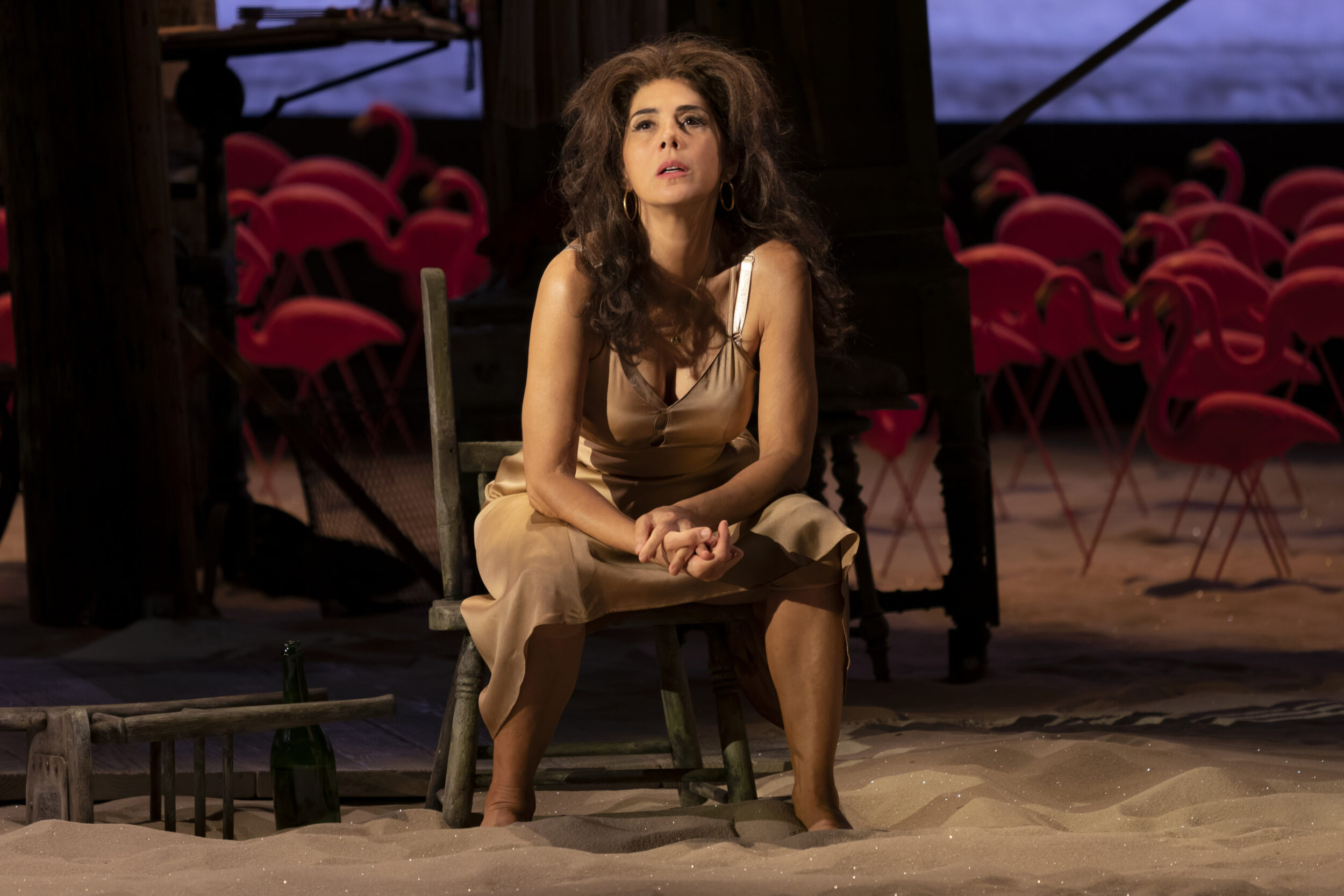
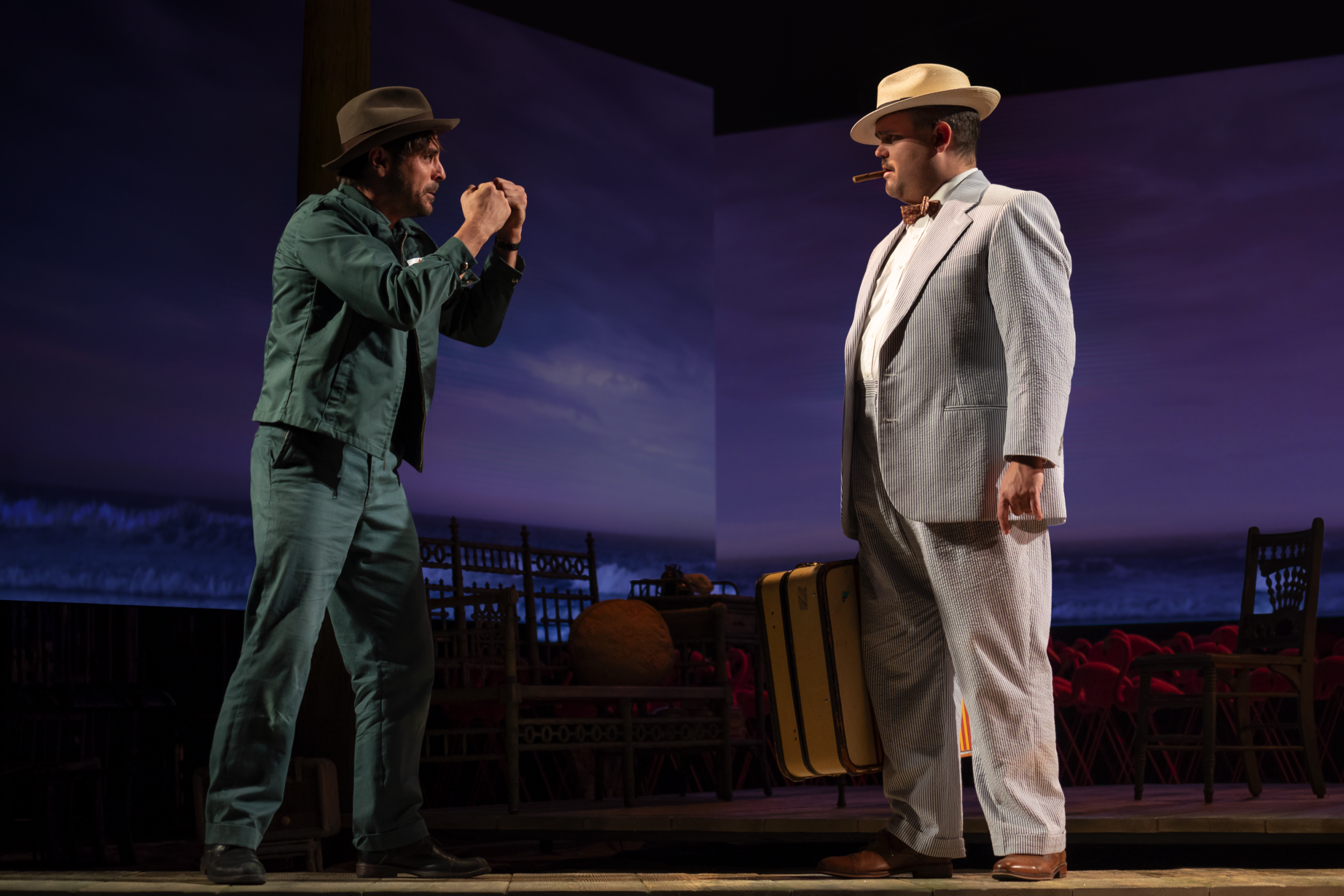
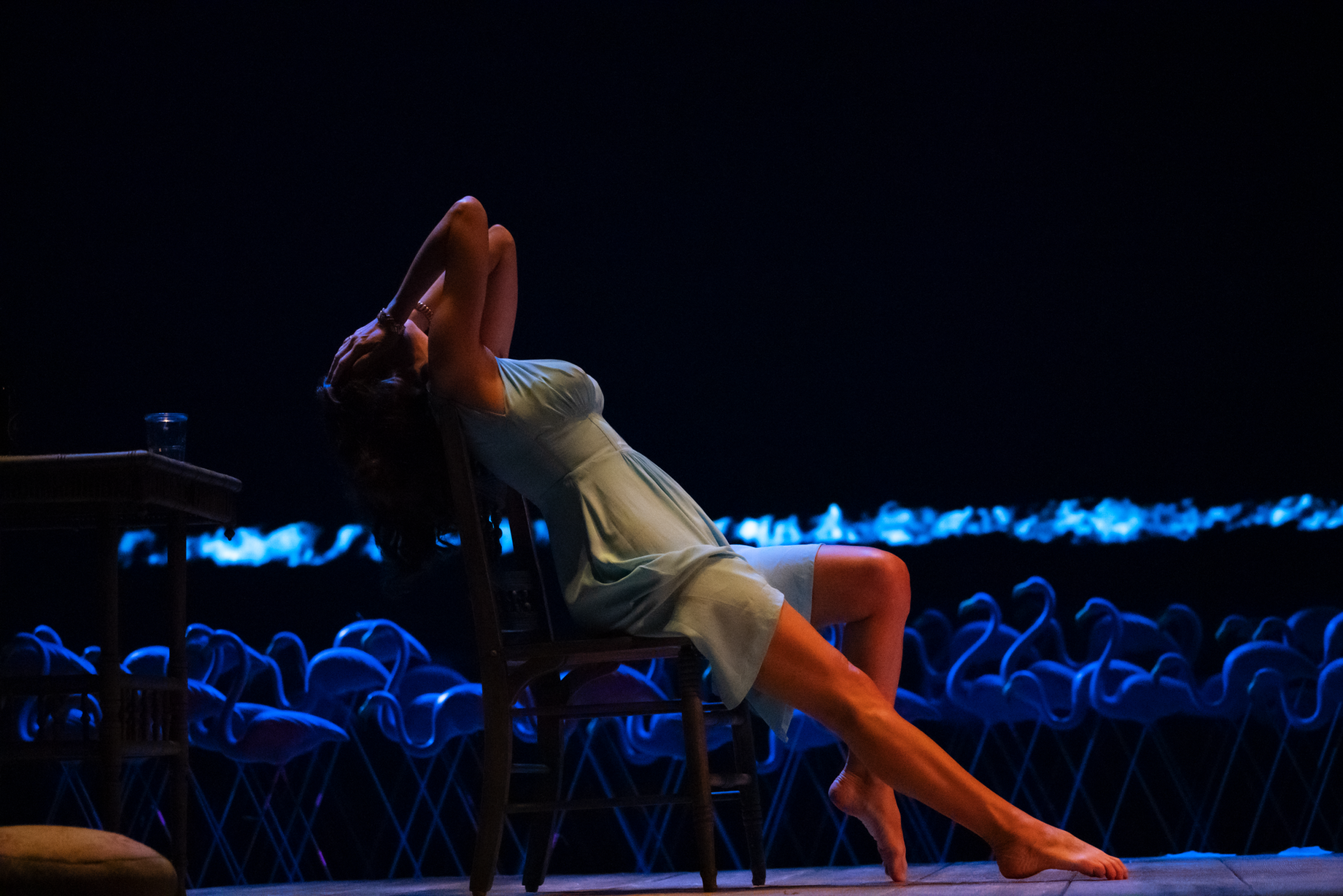

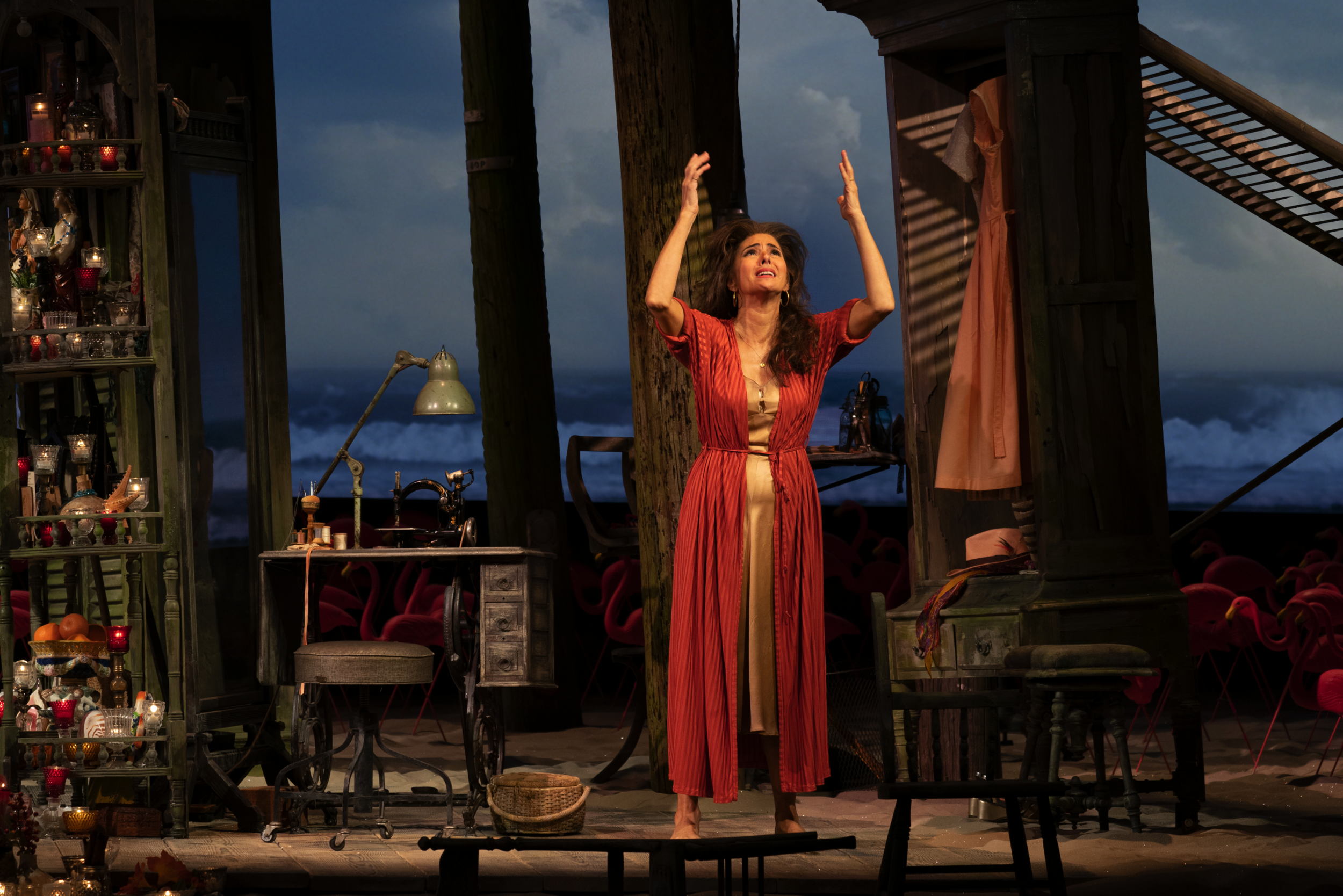
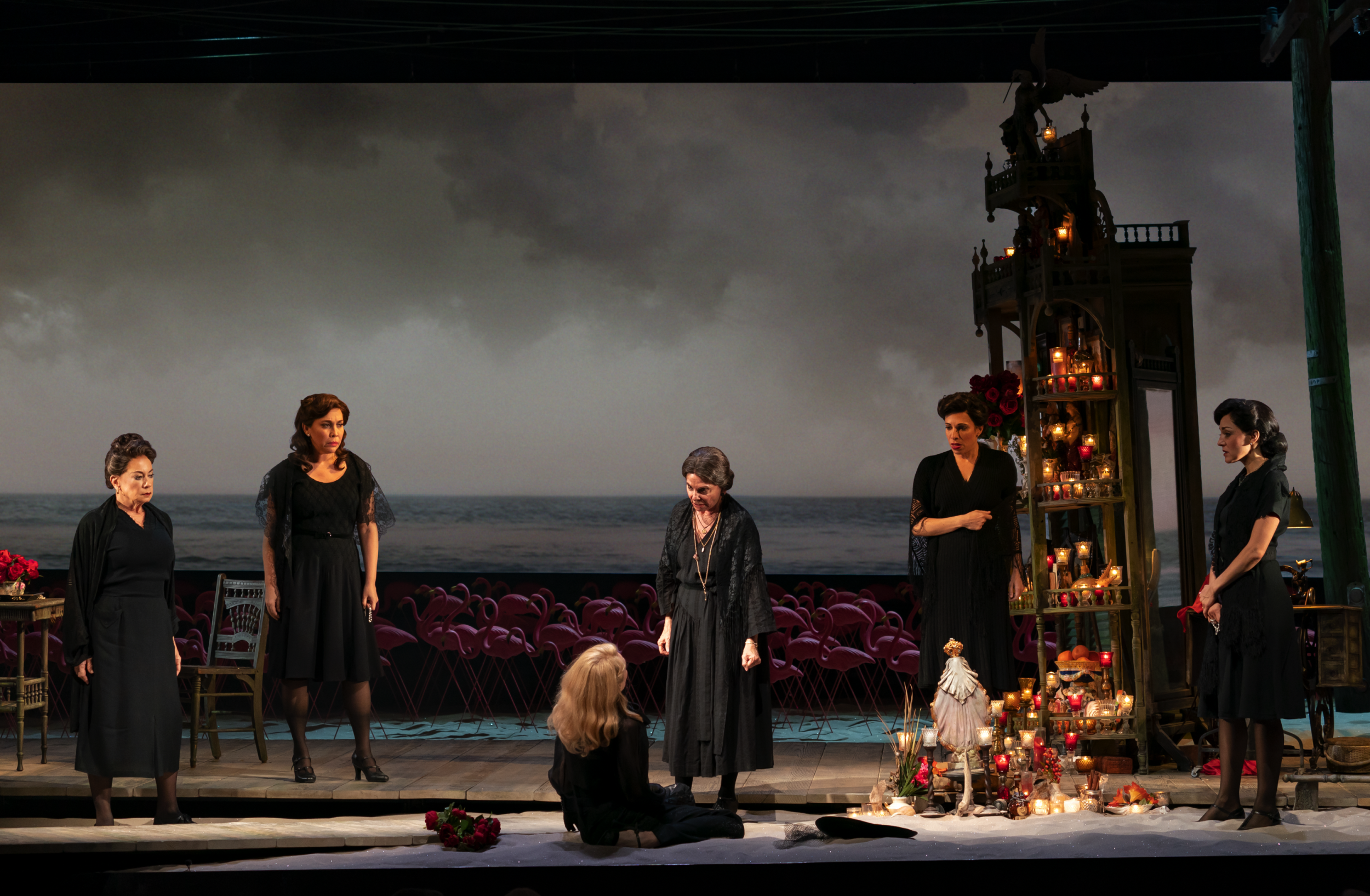
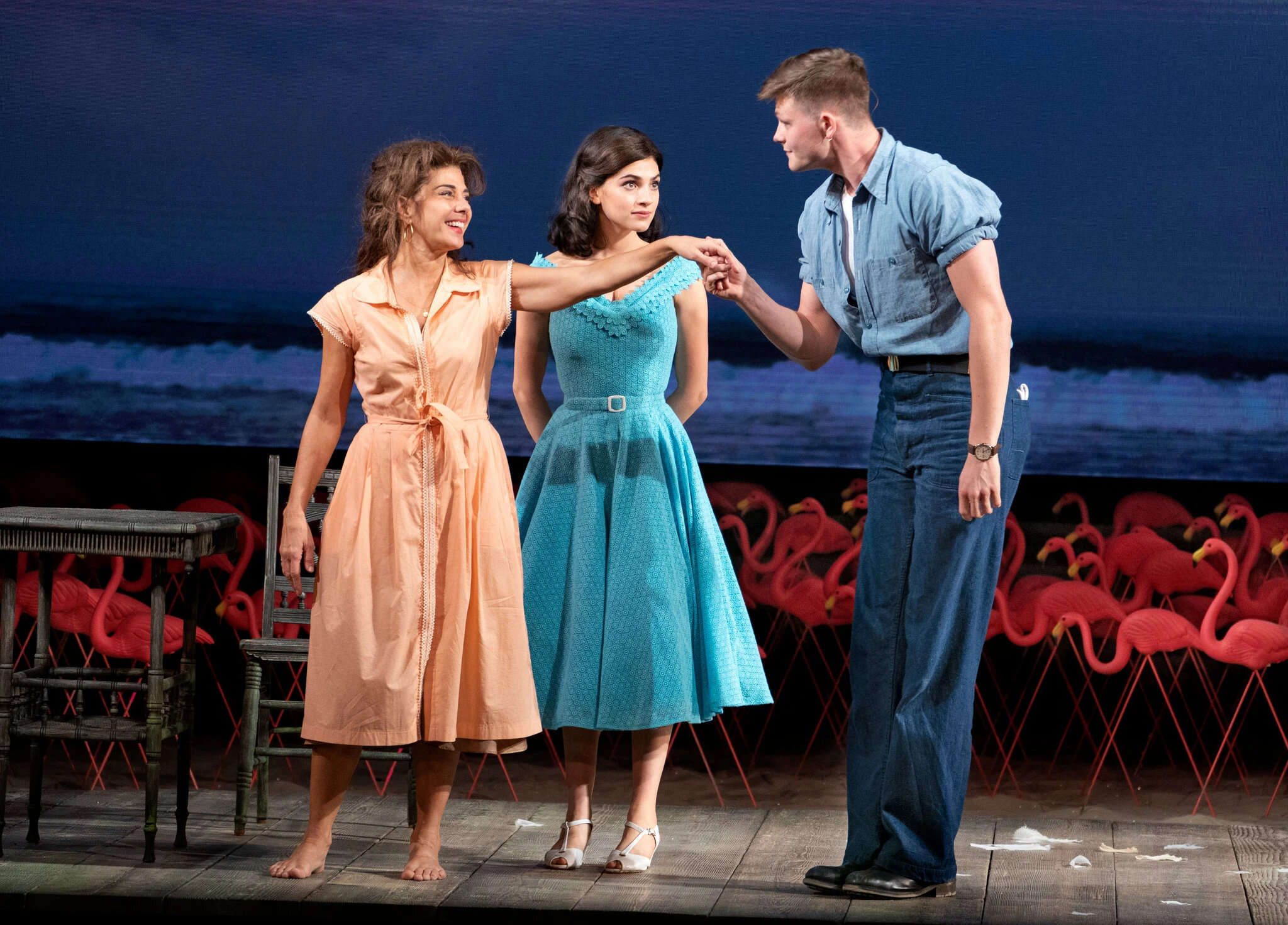
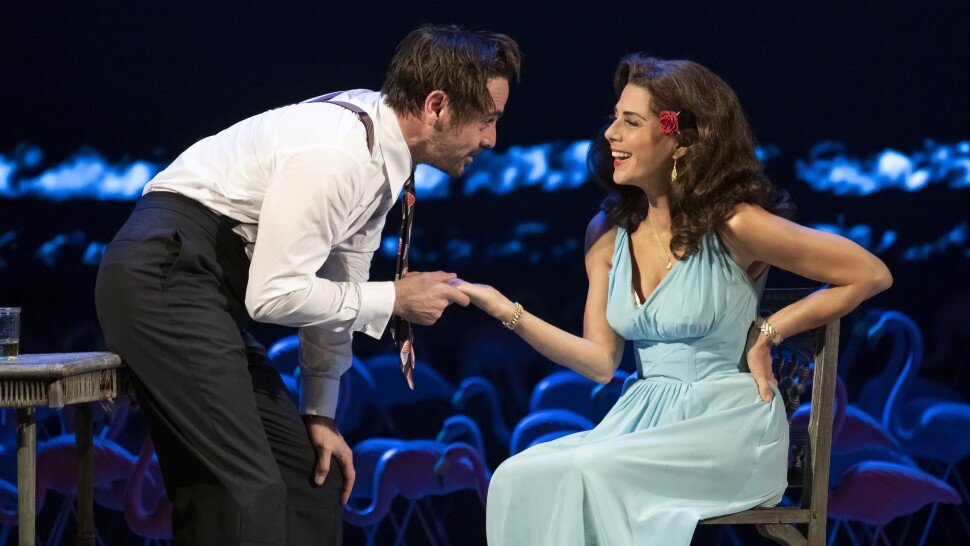
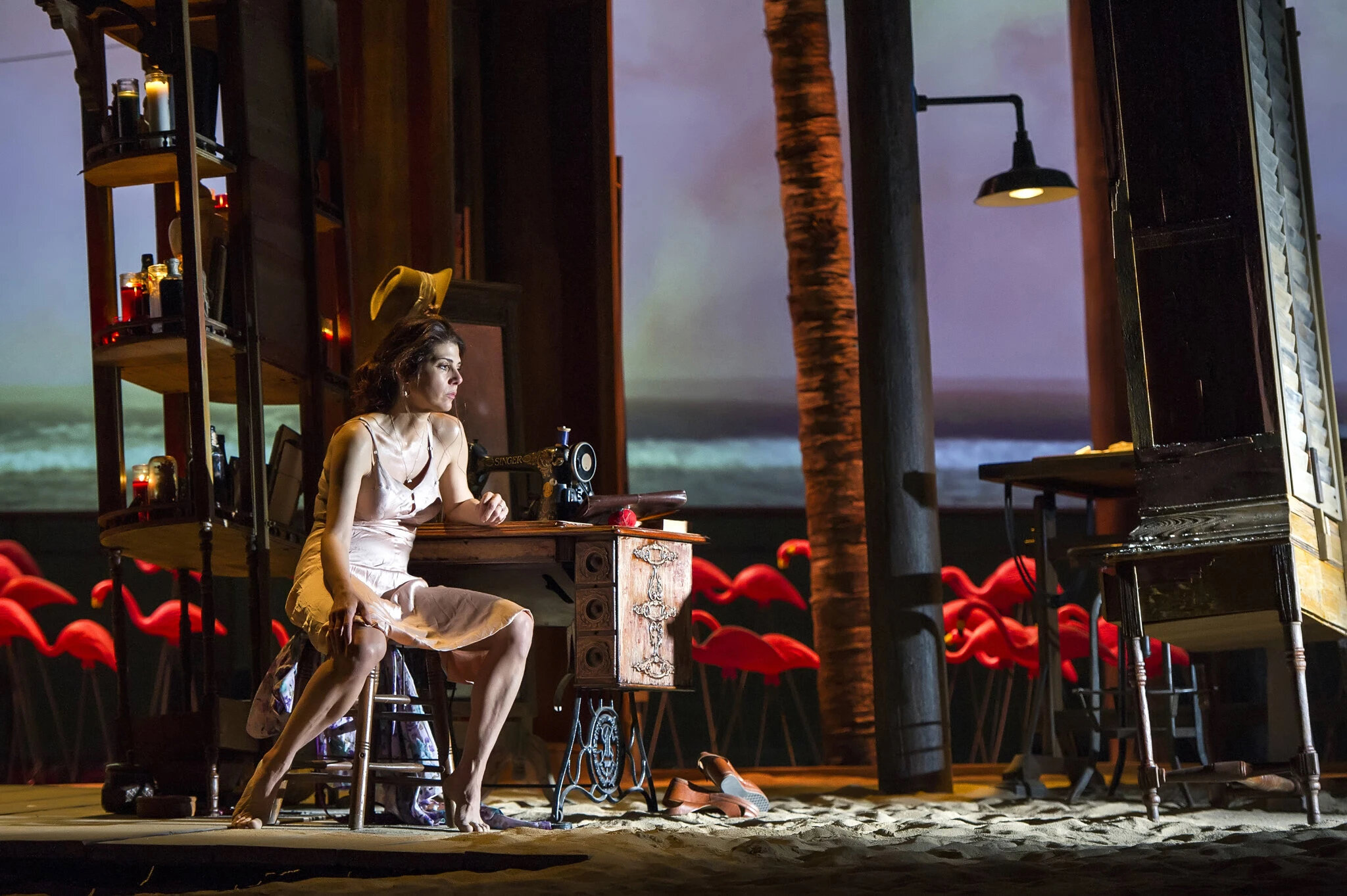
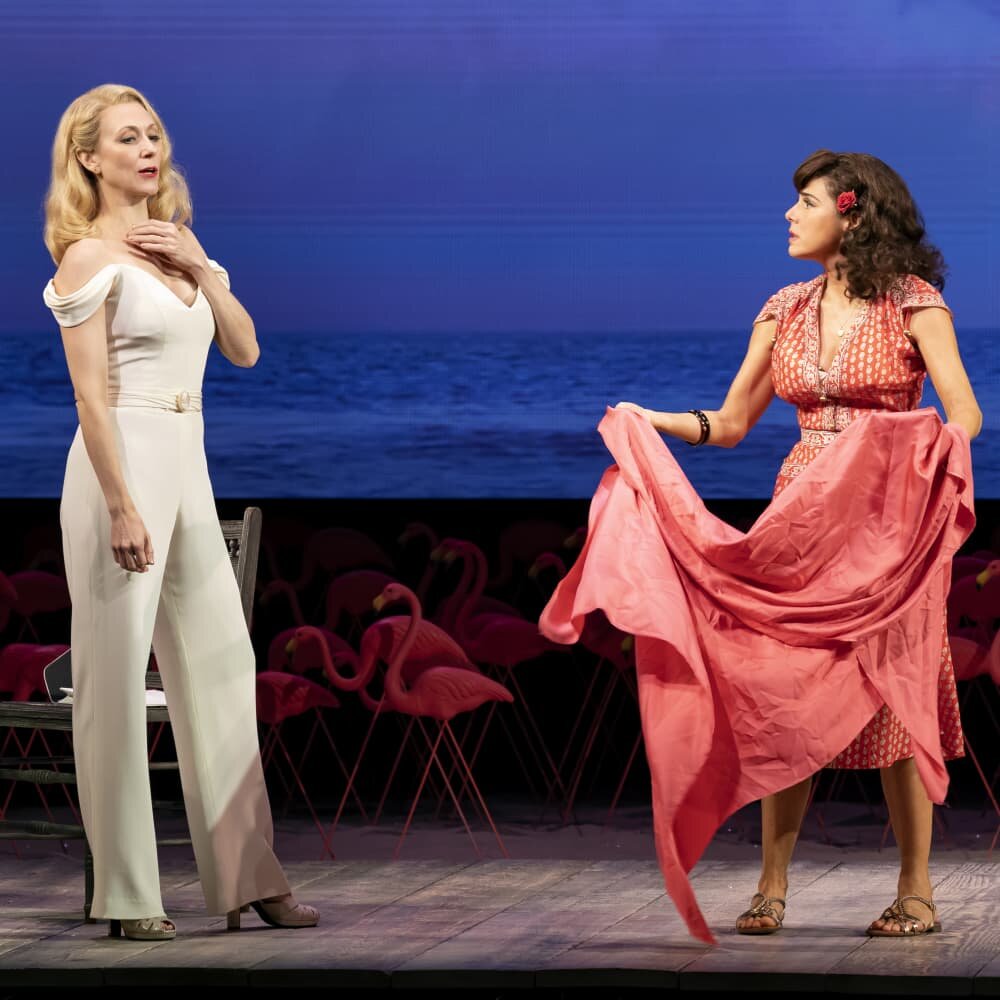
BEHIND CLINT RAMOS’S COSTUME DESIGN FOR THE ROSE TATTOO:
The costume design for The Rose Tattoo is based on this idea of otherness. It is centered around this immigrant woman who, through tragic loss, is navigating her way through the impending tidal wave of uncertainty. Historically we are in the early ’50s, by the sea in Louisiana. Emotionally, we are in Serafina’s heart and mind as she bumps against the box that society has placed her in. The characters that Williams parades in and out of Serafina’s house are very diverse, and their costumes reflect that range. The clothes are rooted in reality, but absurdity seeps in when we factor in faith, desire, and sometimes, madness.
A large part of what is exciting for me is a central character who makes clothes. Exploring how Serafina appears and how she dresses herself versus the appearance of the characters for whom she makes clothes is how we create tension in the design.
Also, because Serafina is, in essence, an outsider — I needed to make sure that we perceive her as a believable human being. Her clothes must render her in a real manner and sometimes that means choosing the simpler options that the period offers. Modulating her appearance so we don’t lose her otherness but also bridging her to the audience’s realm of understanding is of utmost importance.
Ultimately, The Rose Tattoo is about humanity, acceptance, and love — and the lengths we go to to deny ourselves those. It is about the theatre of appearance and what we look like when we unmask ourselves.

